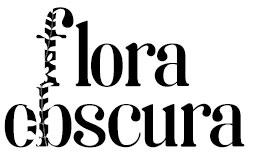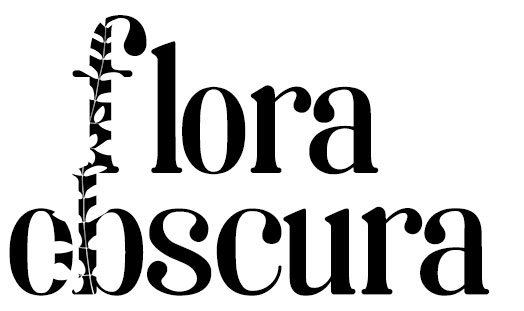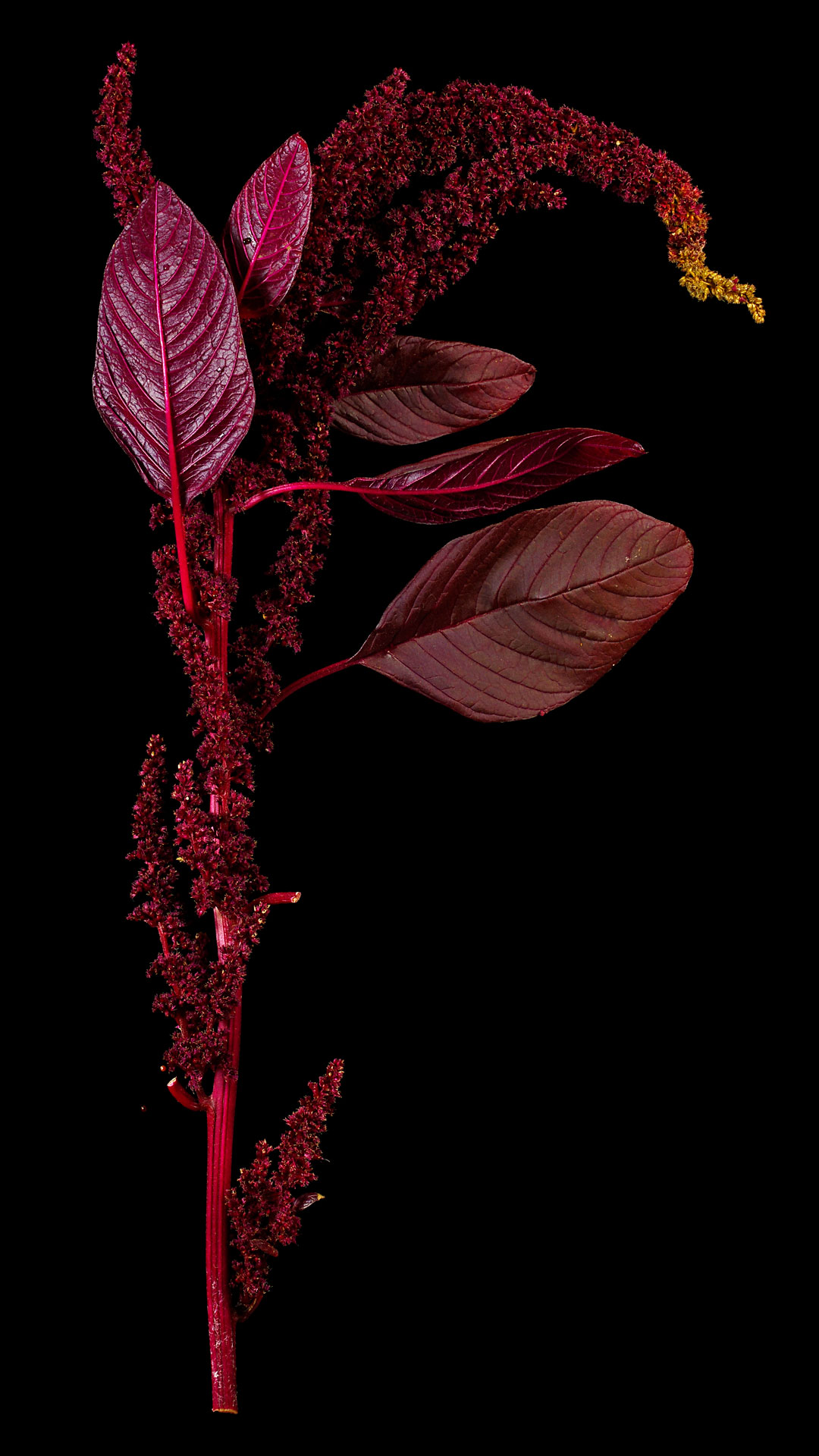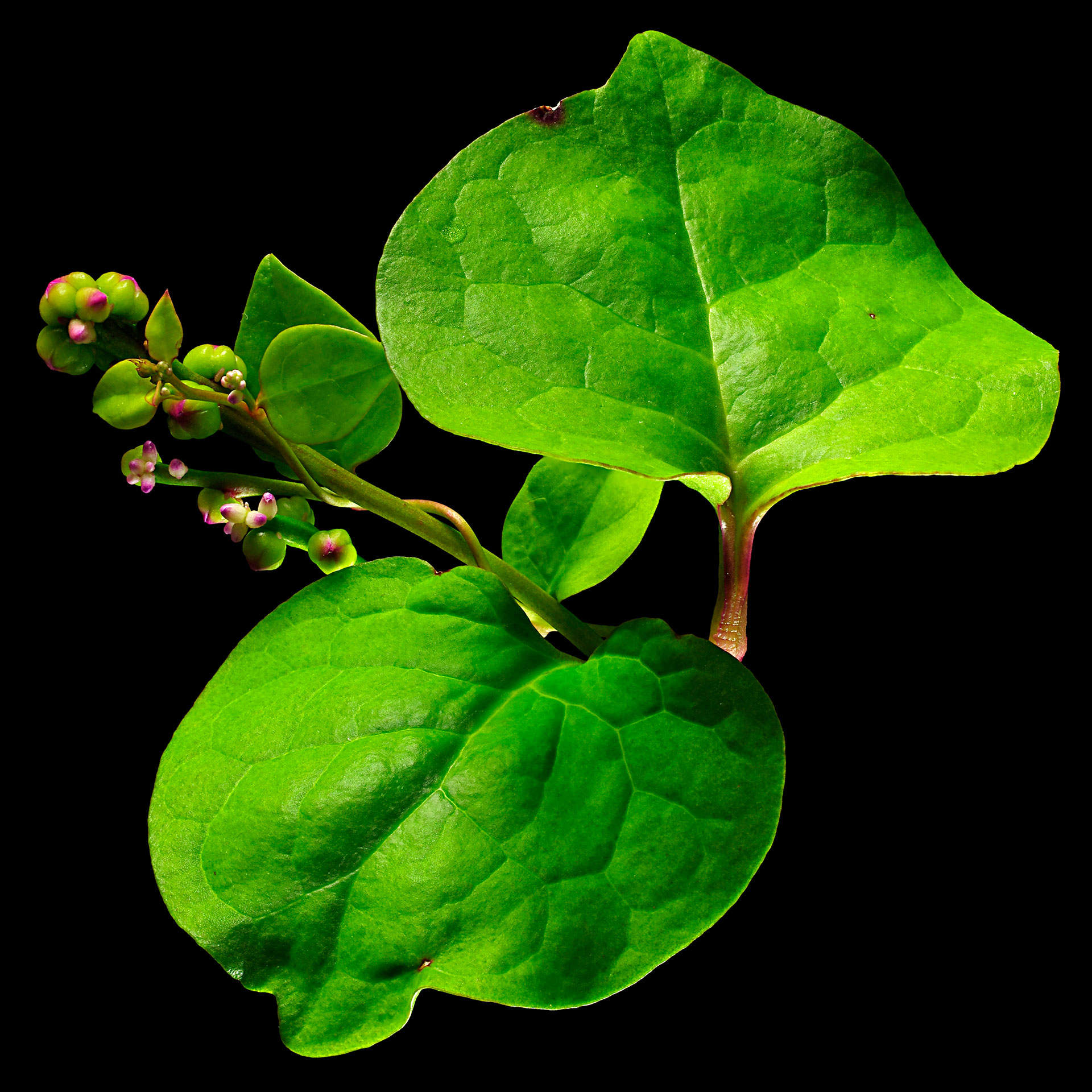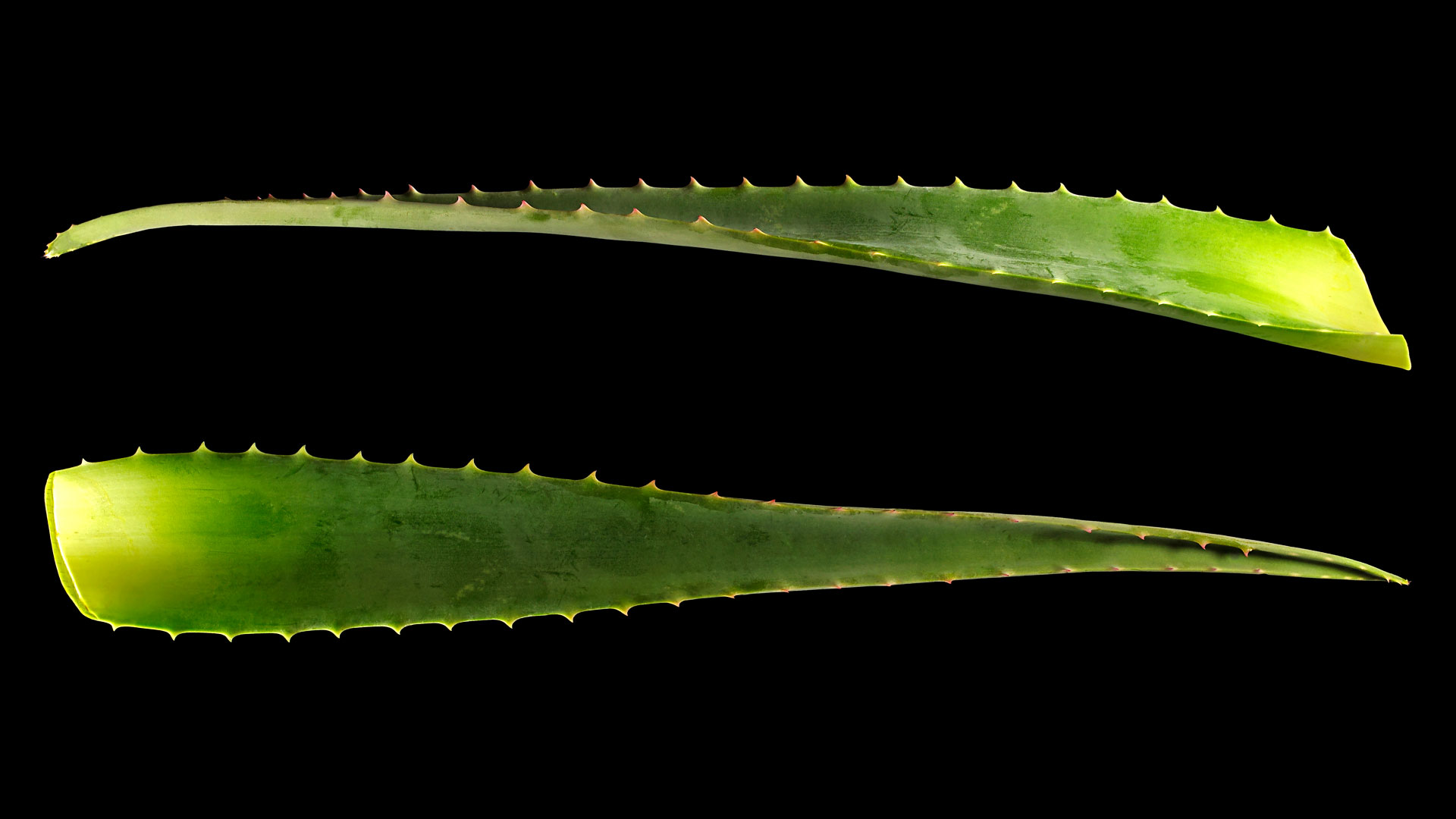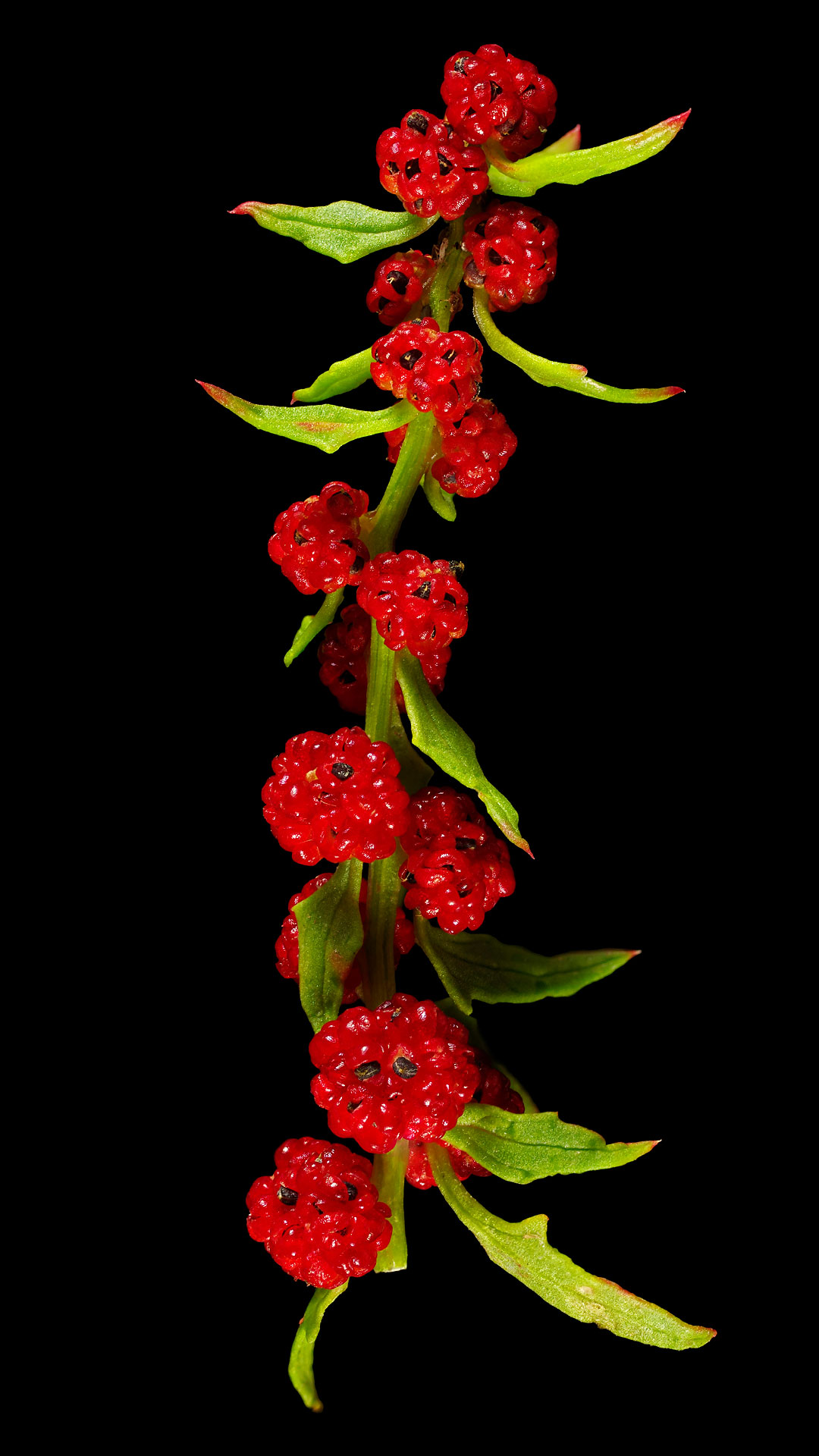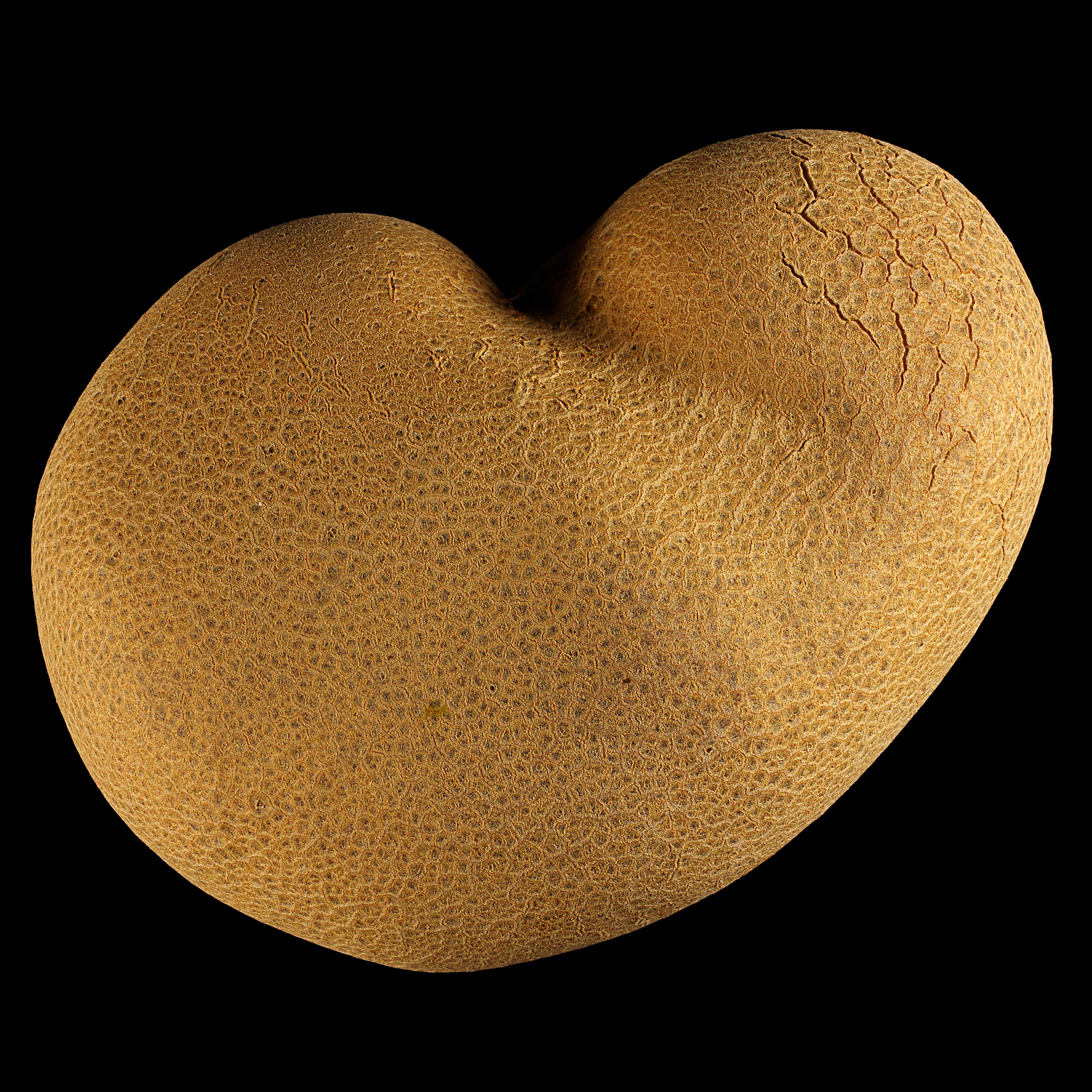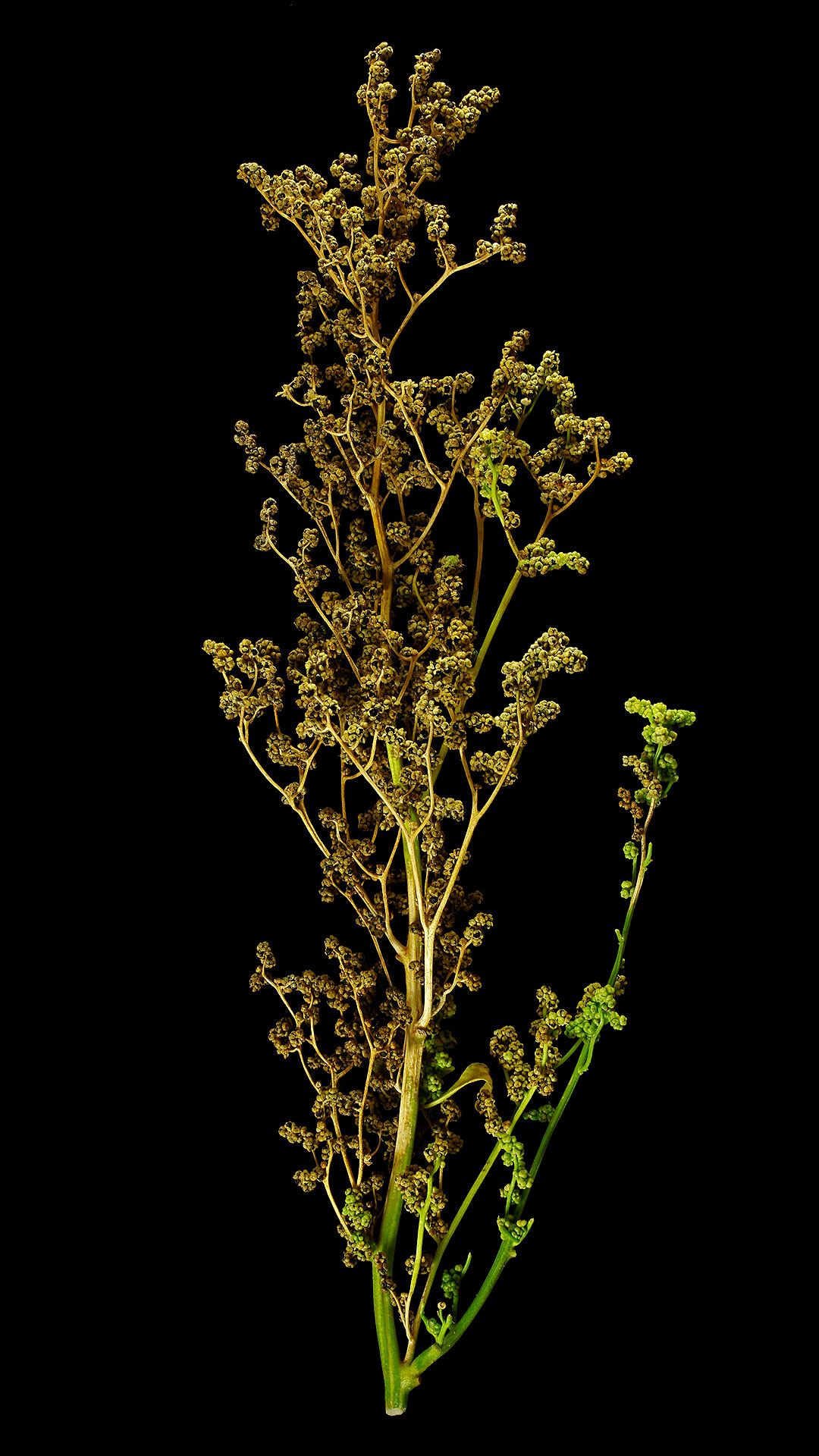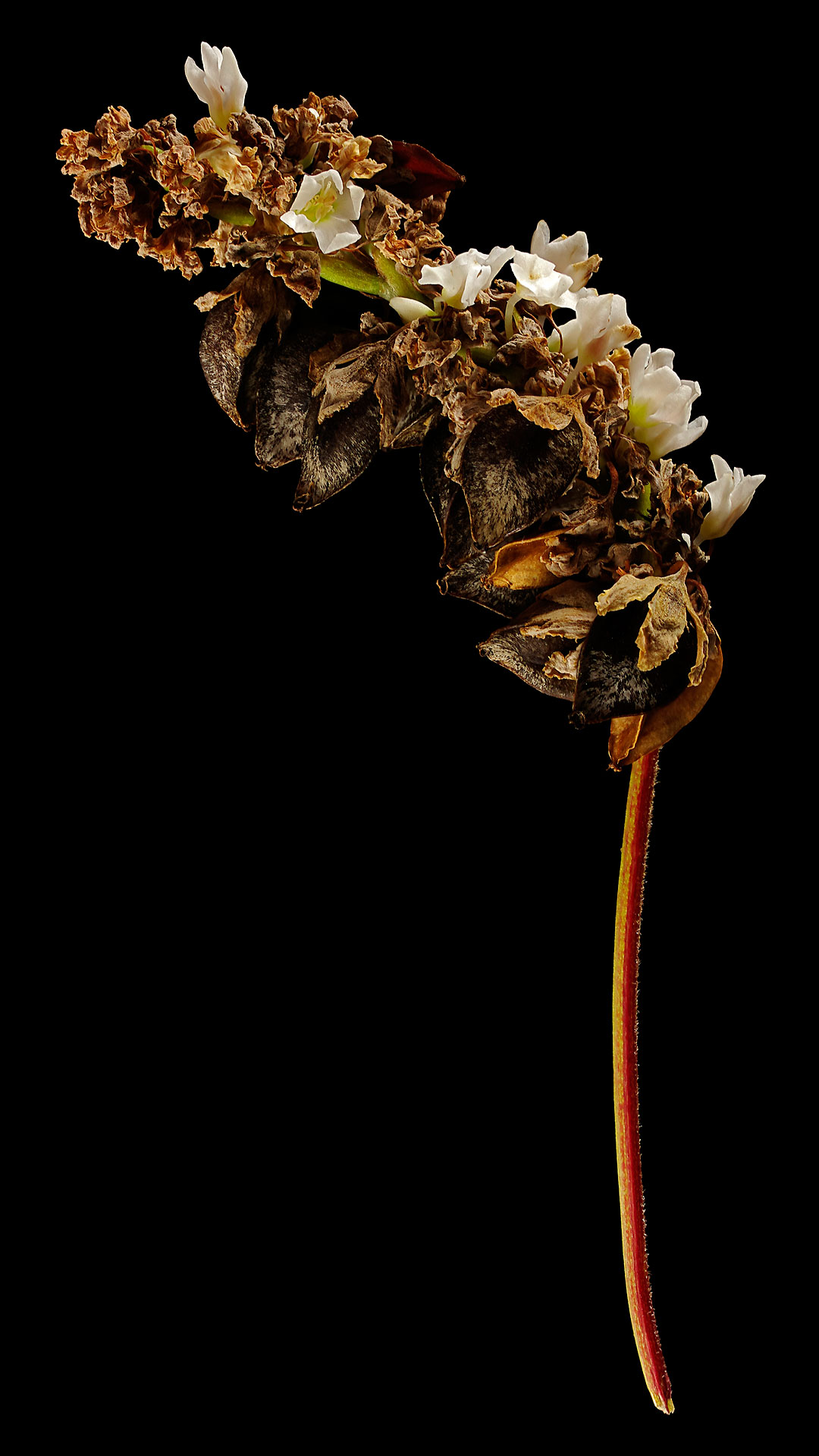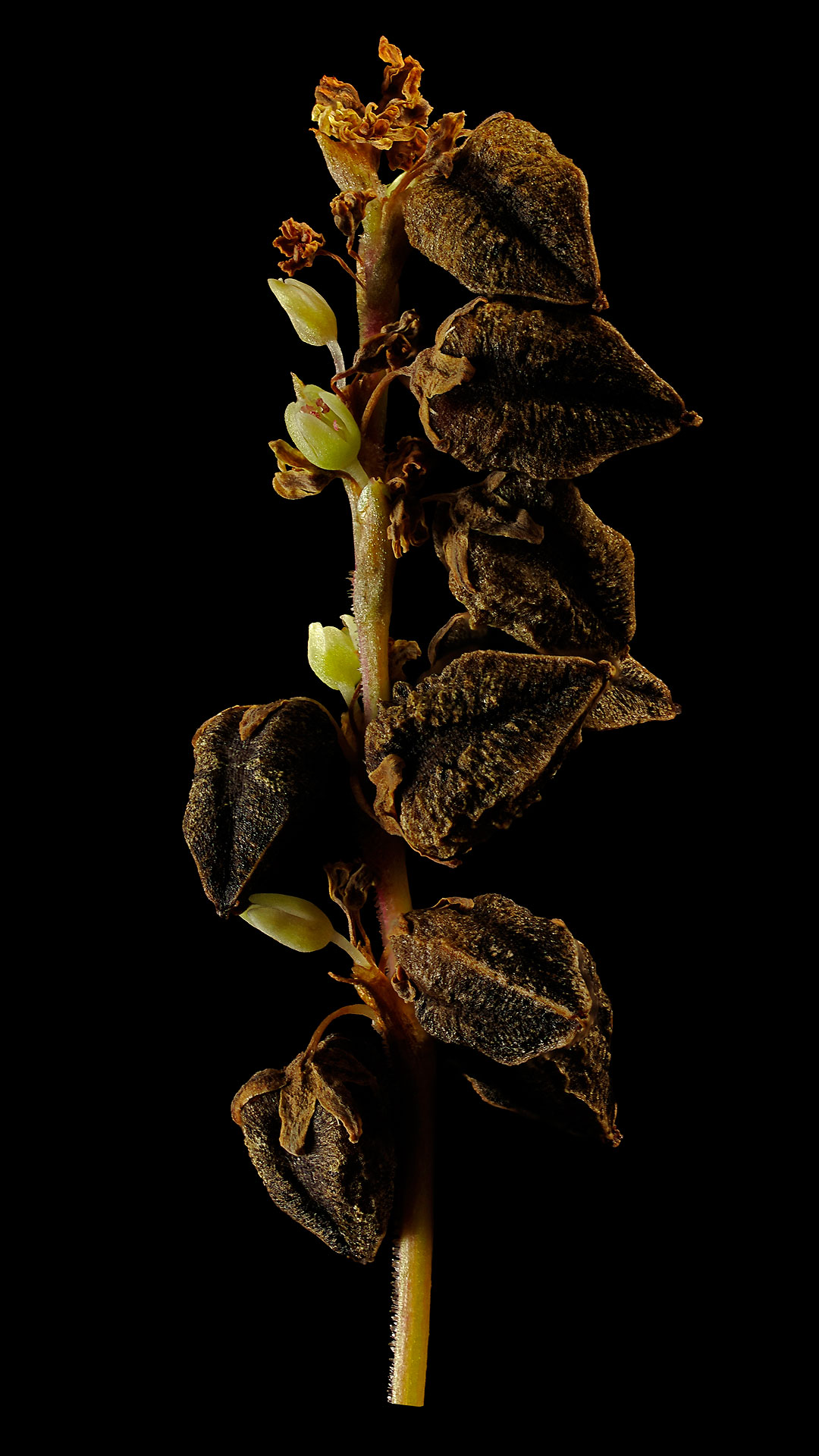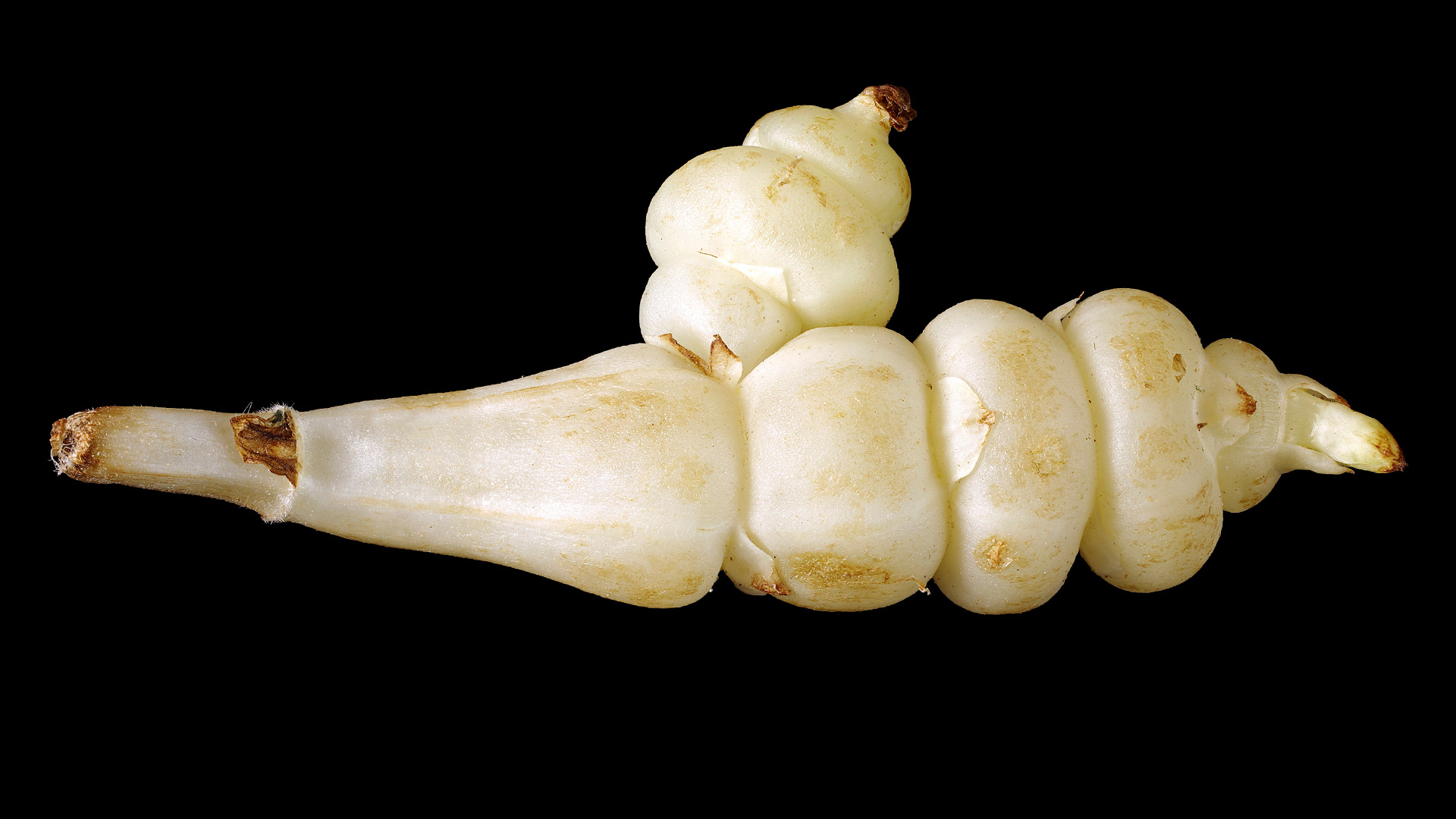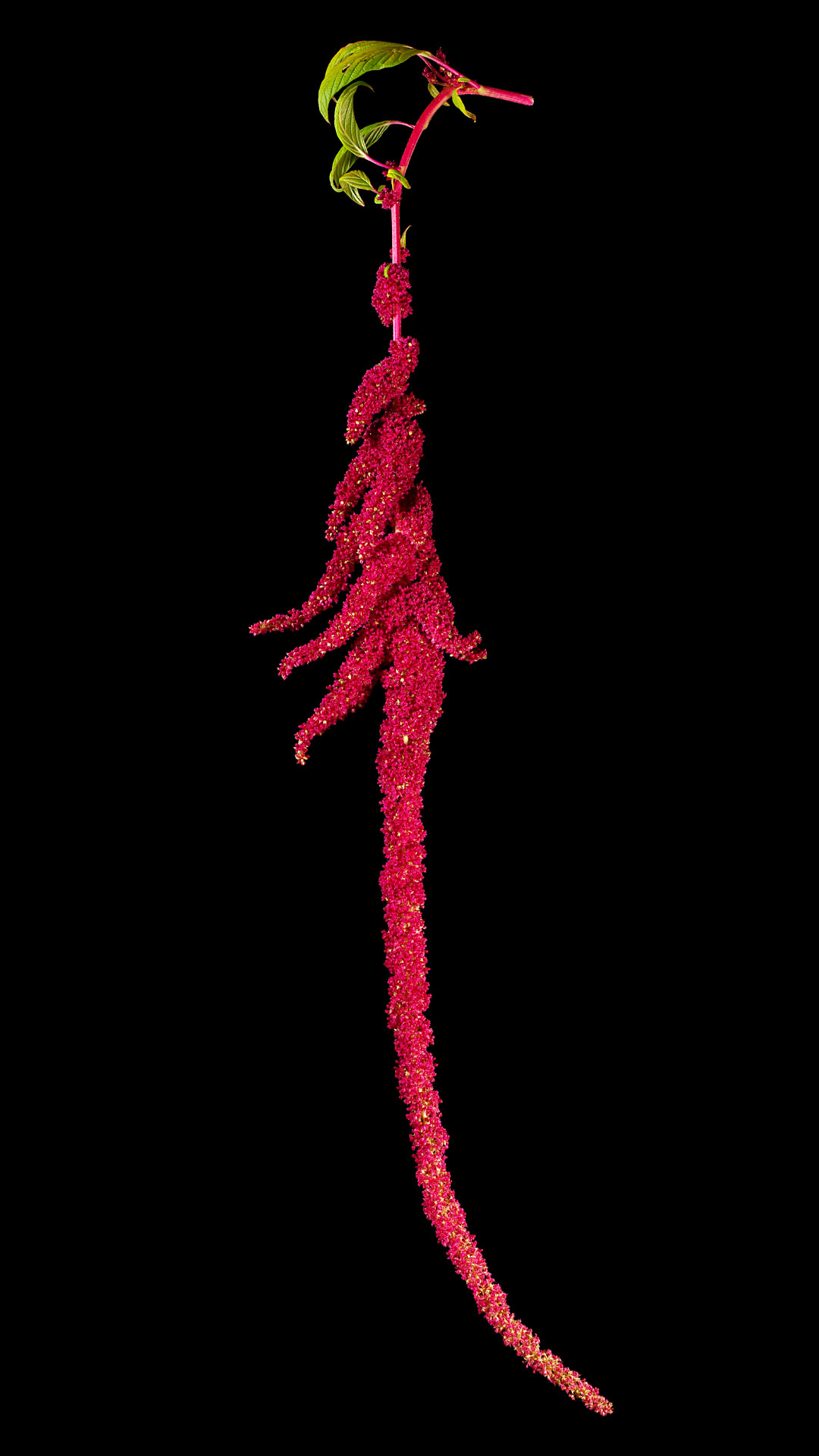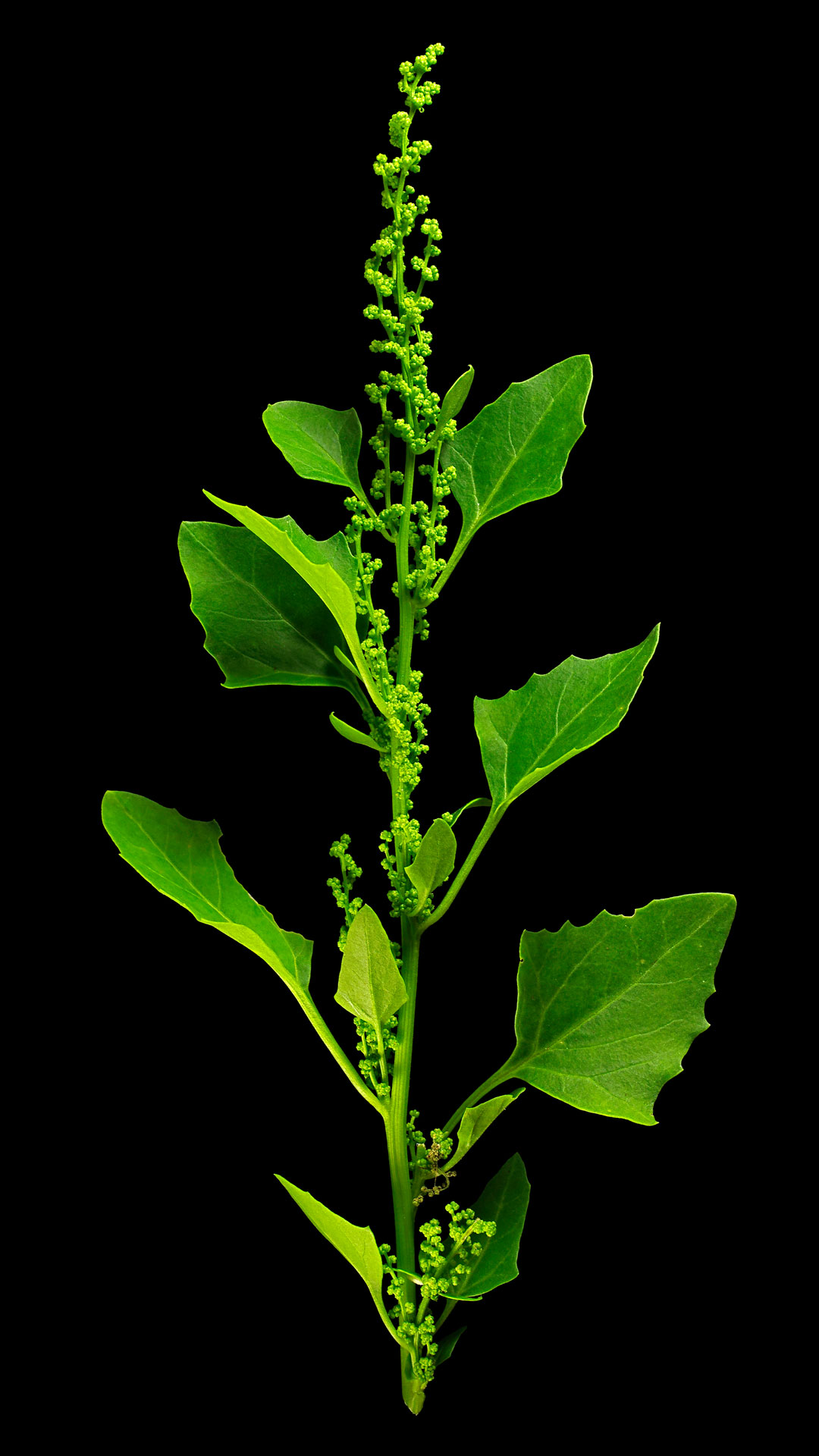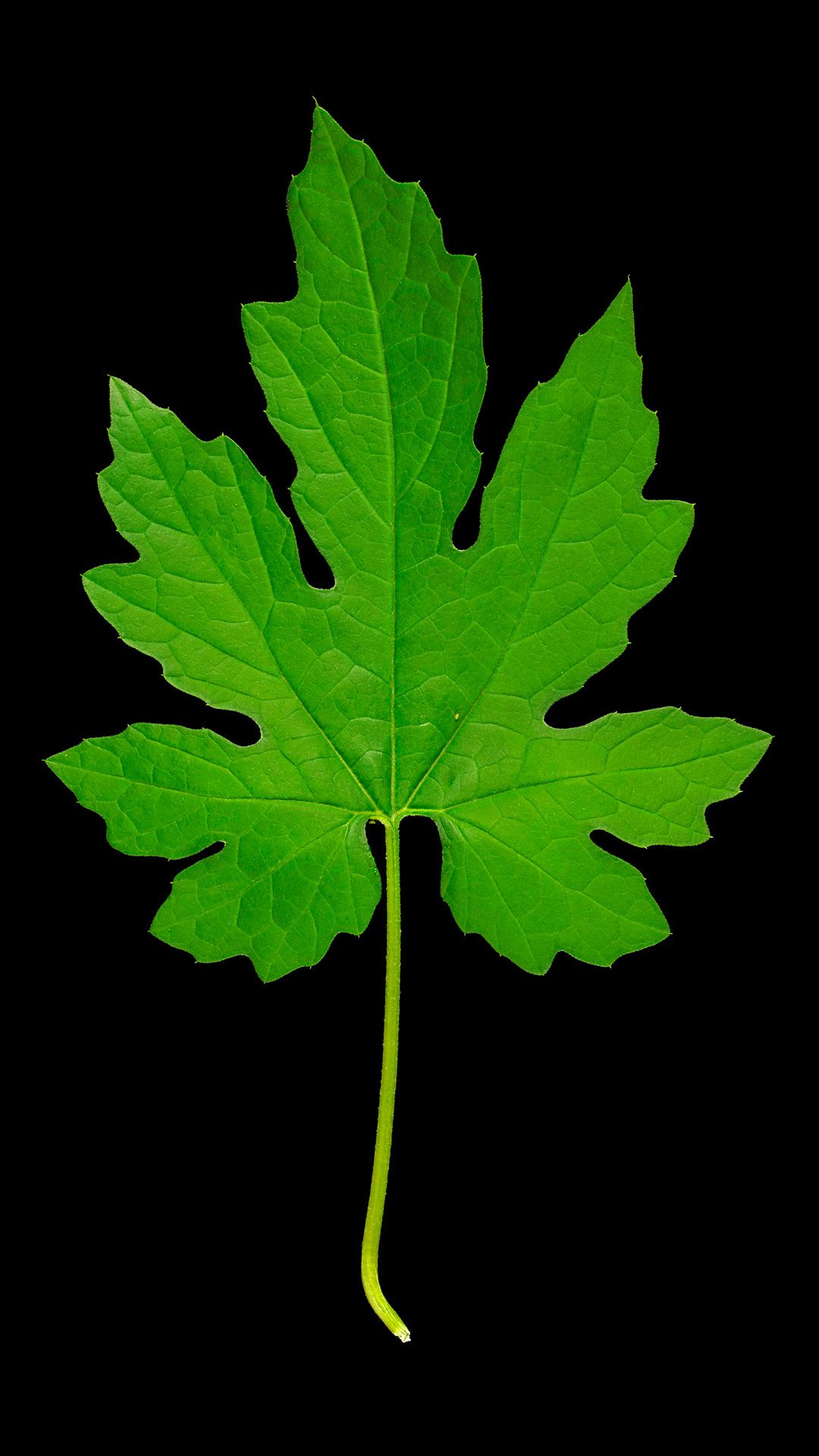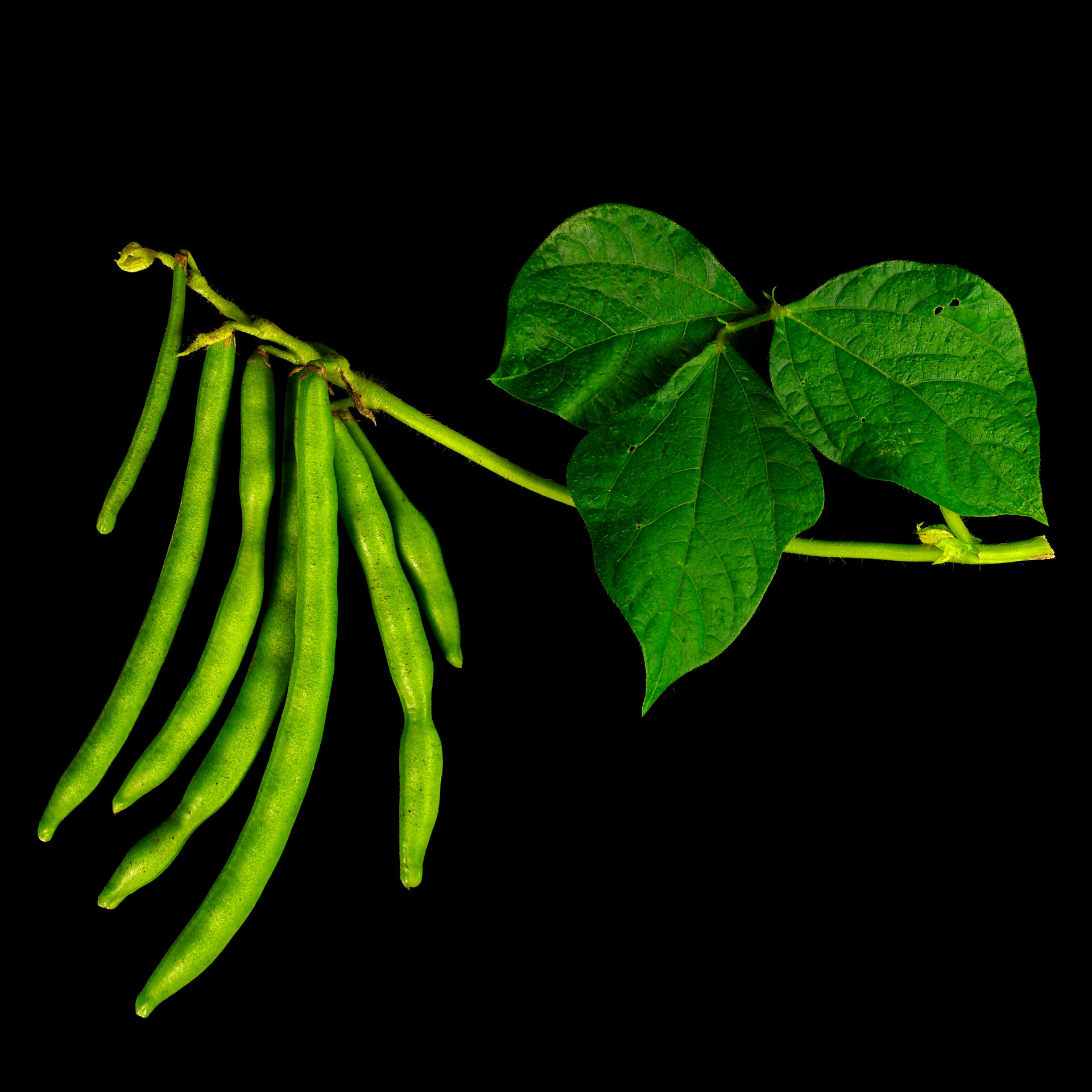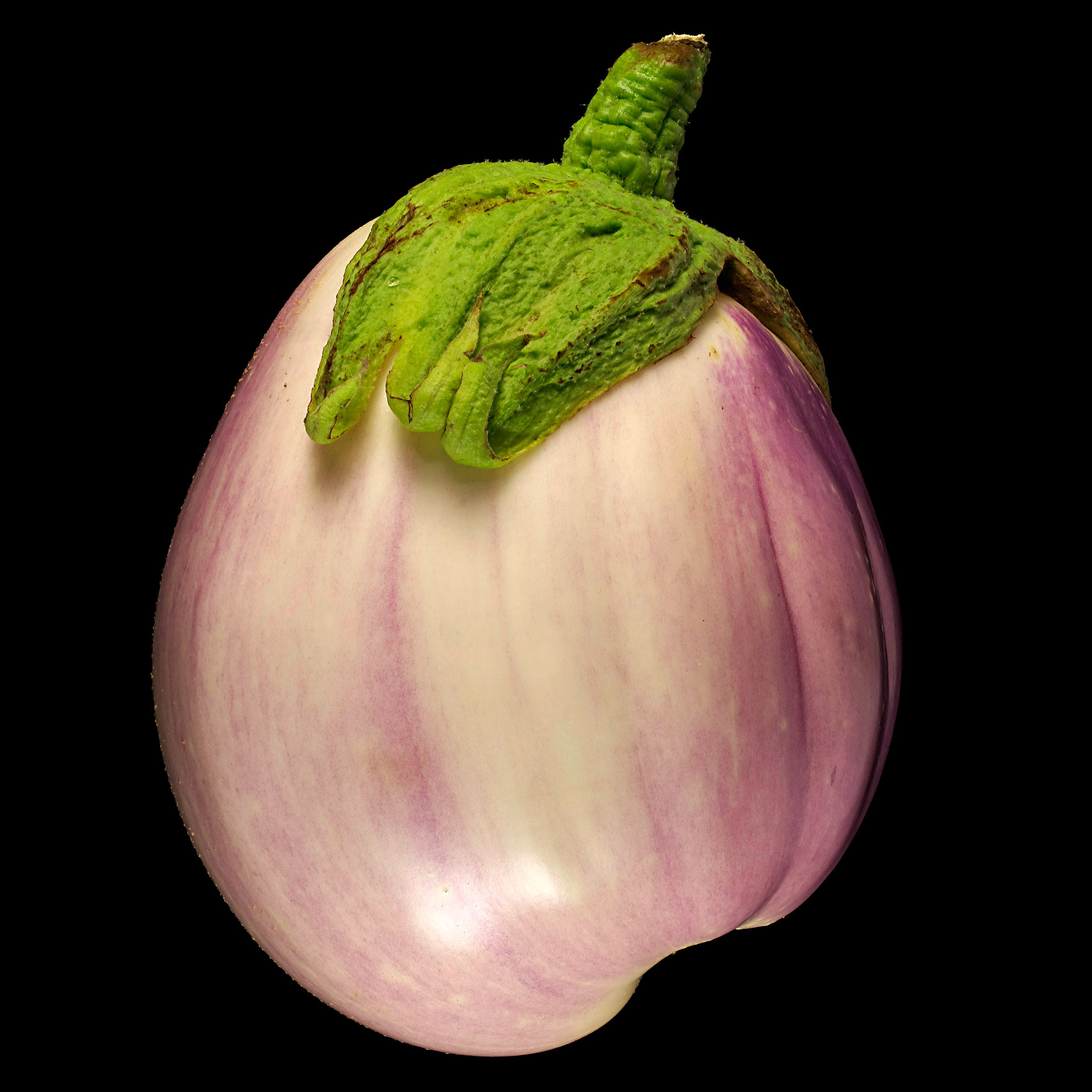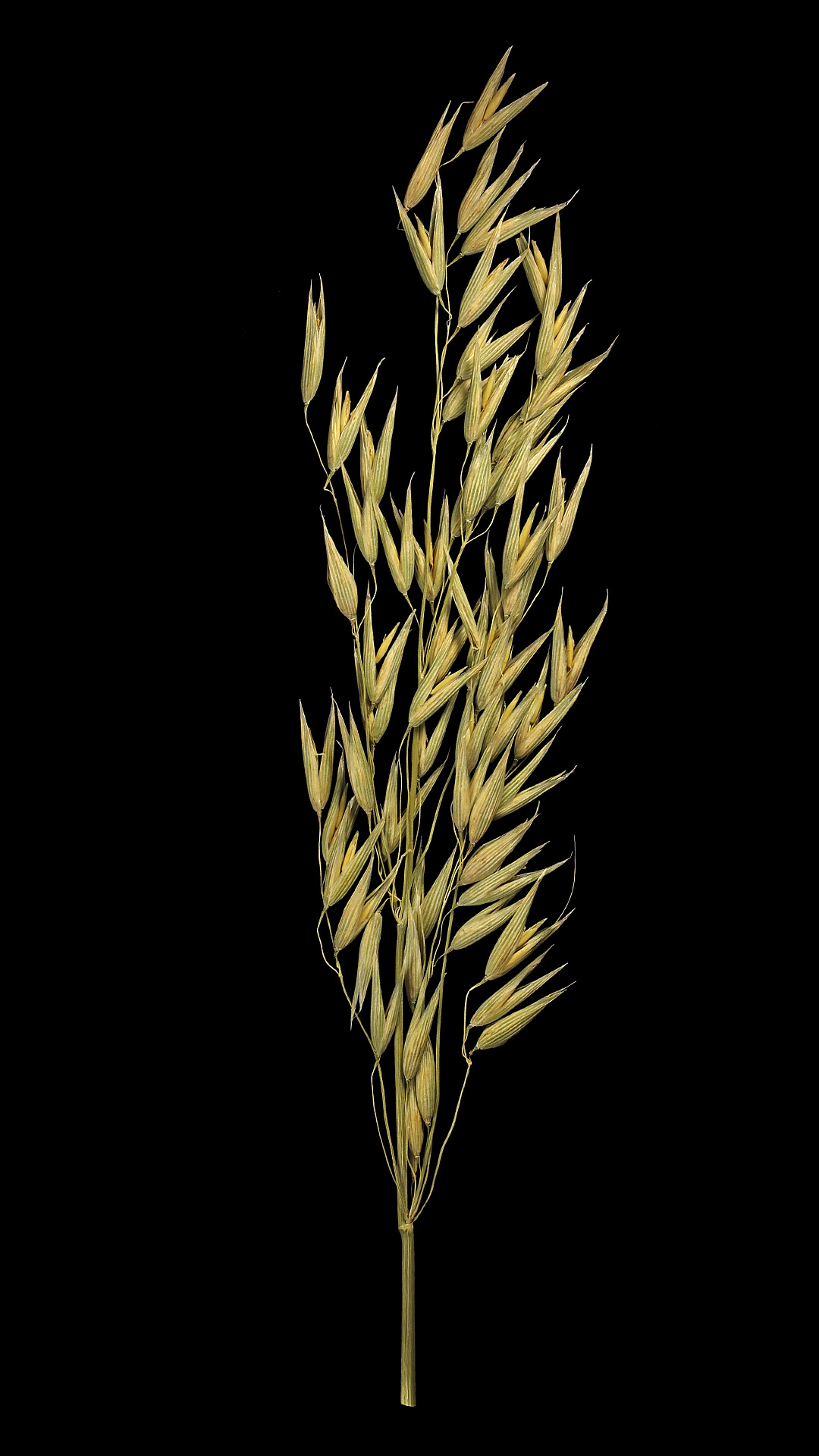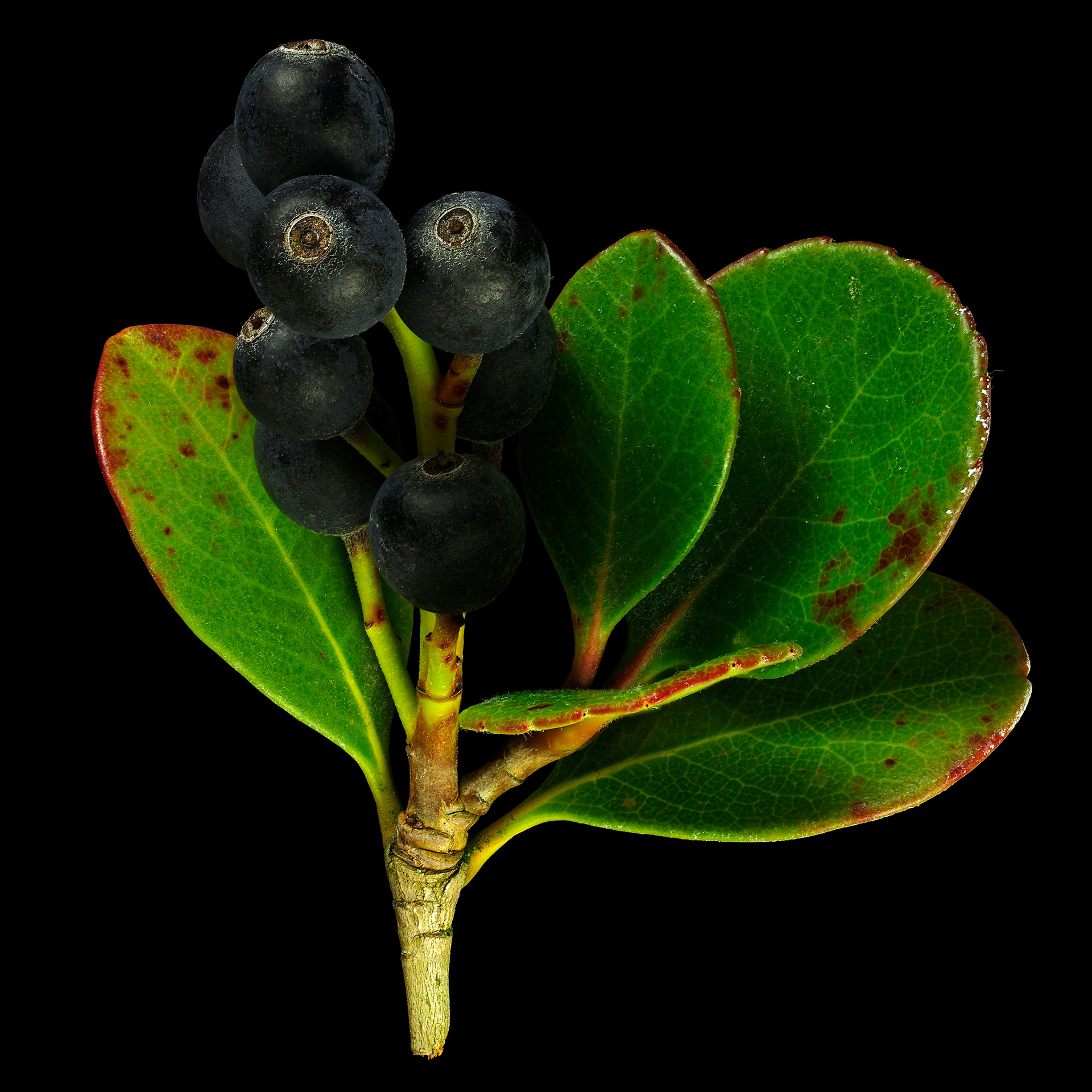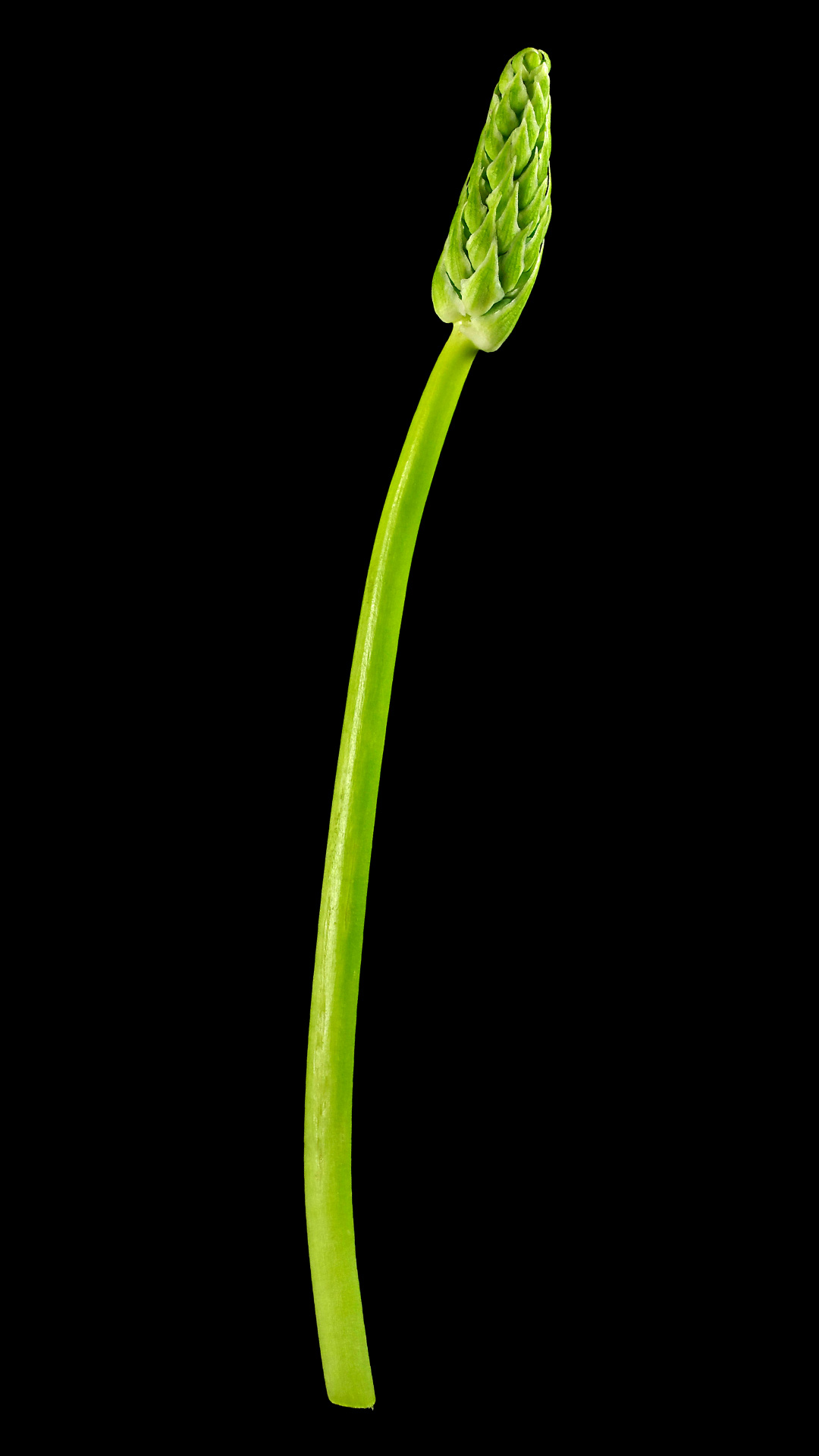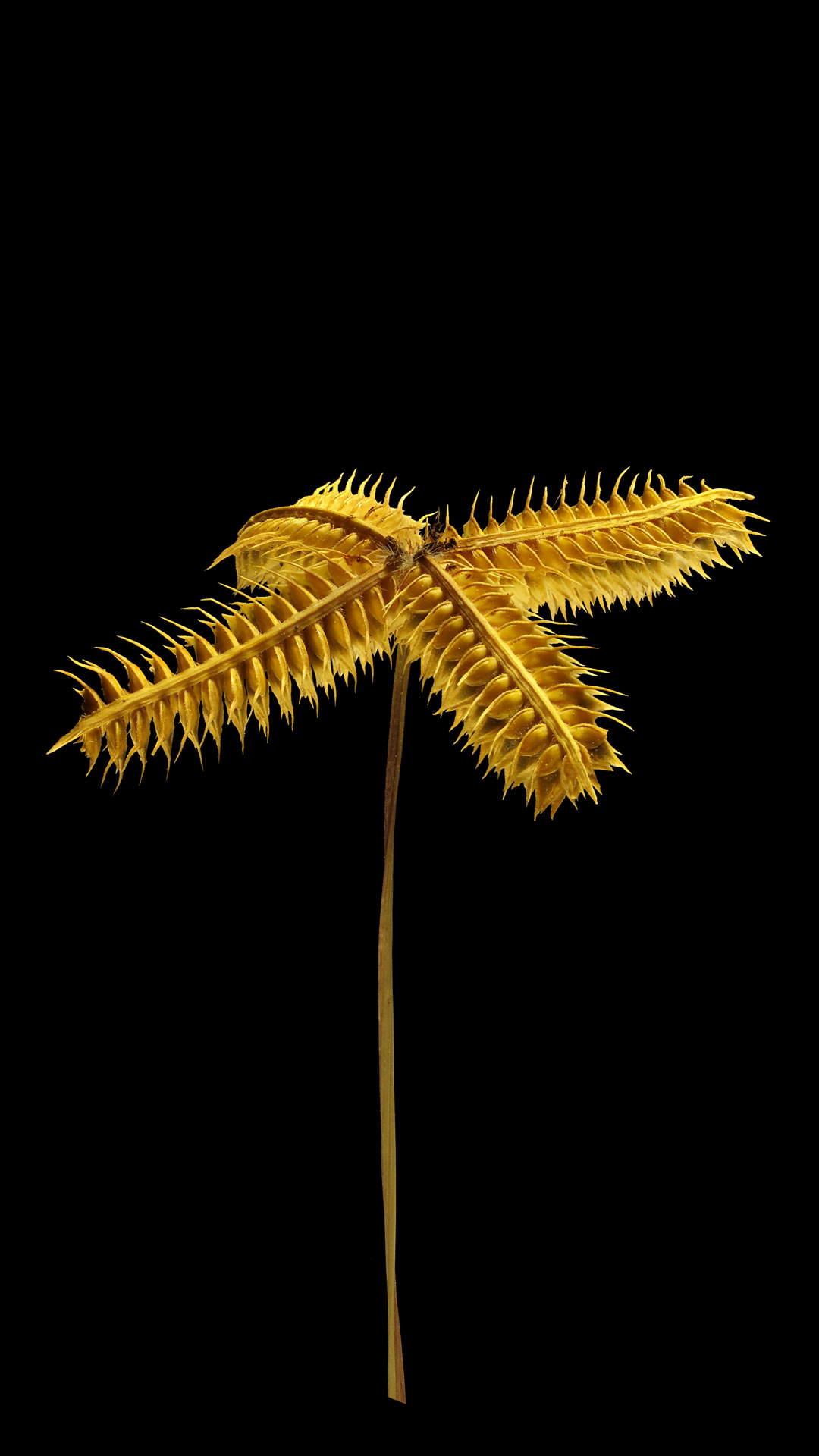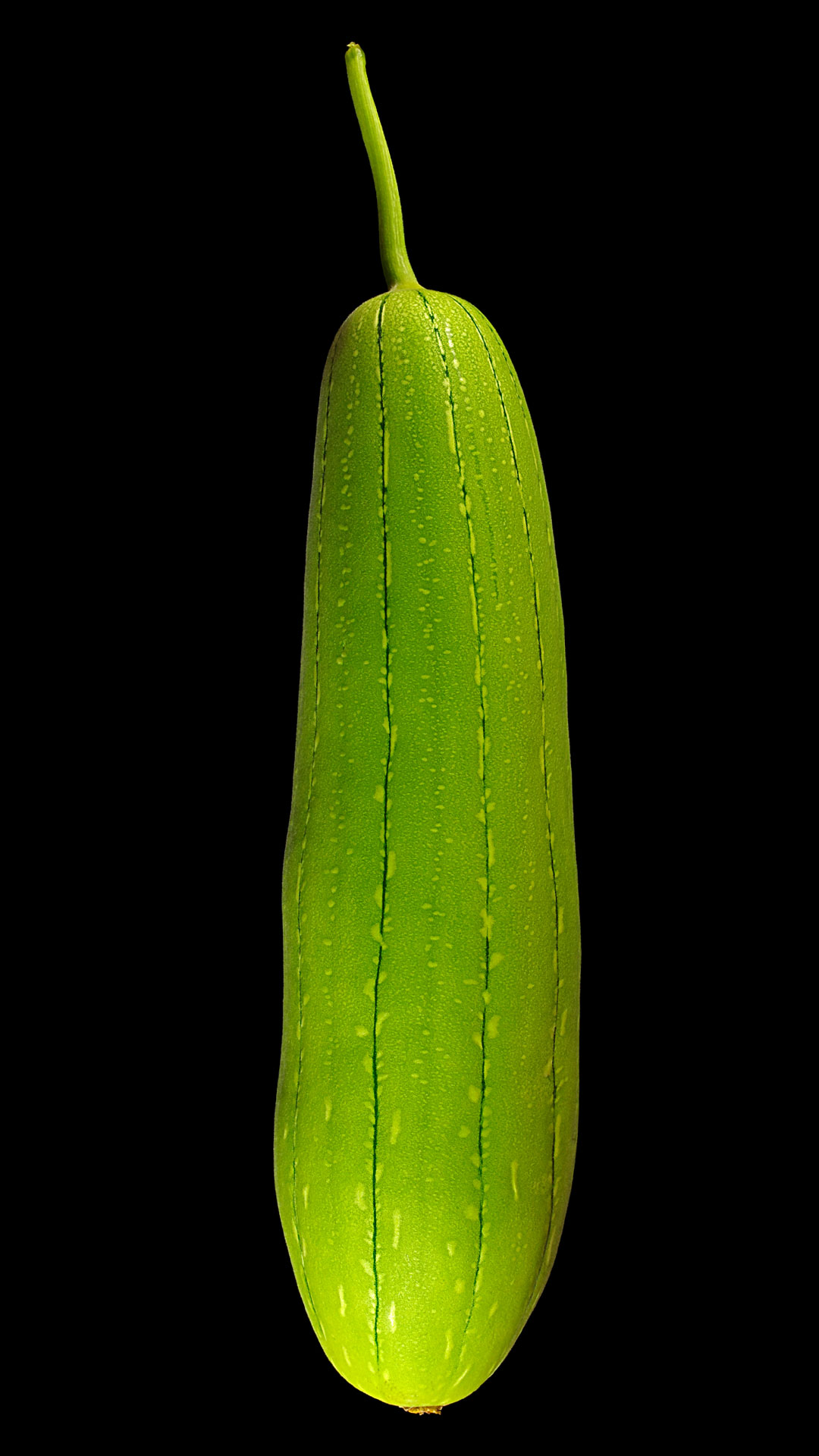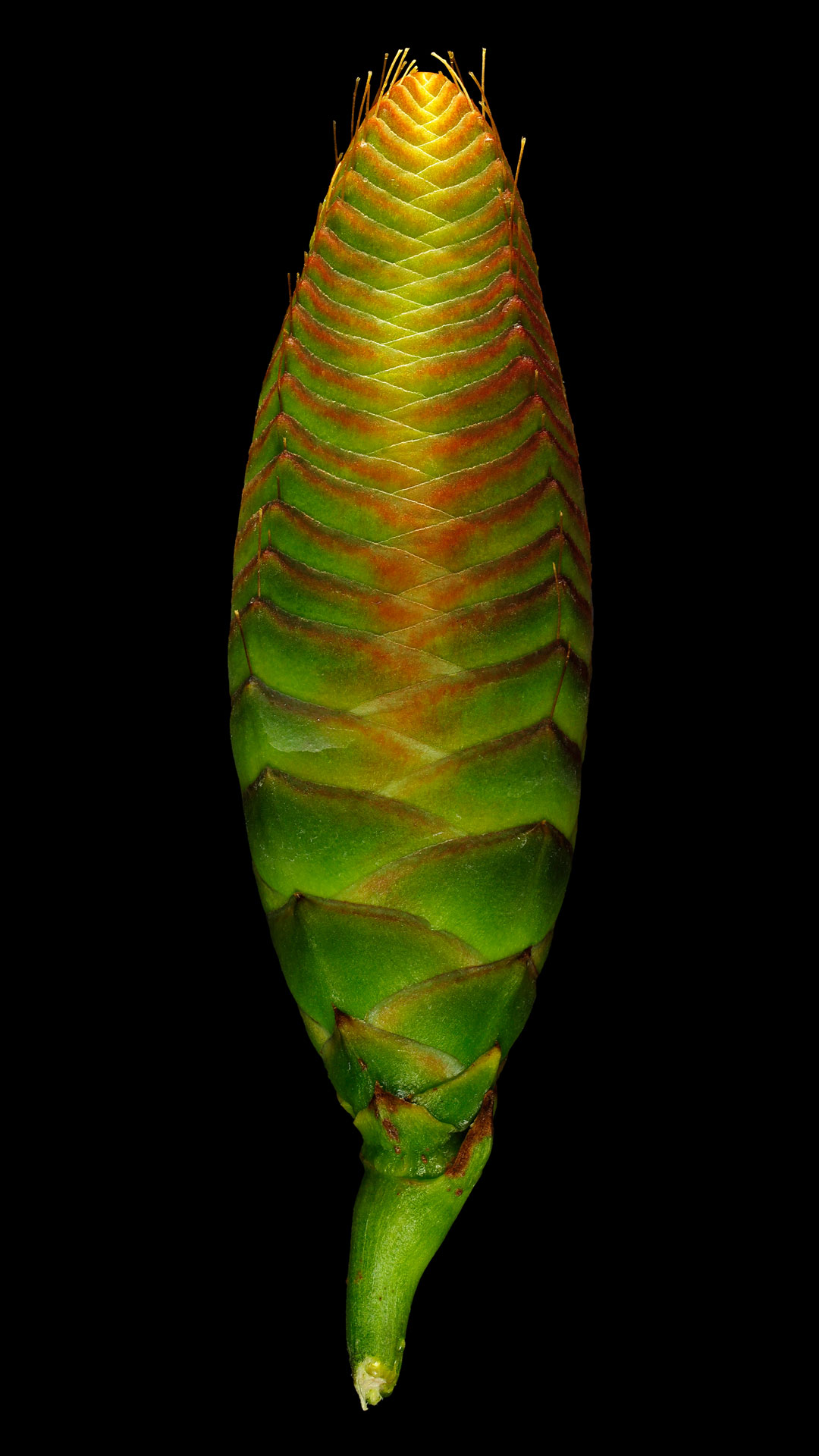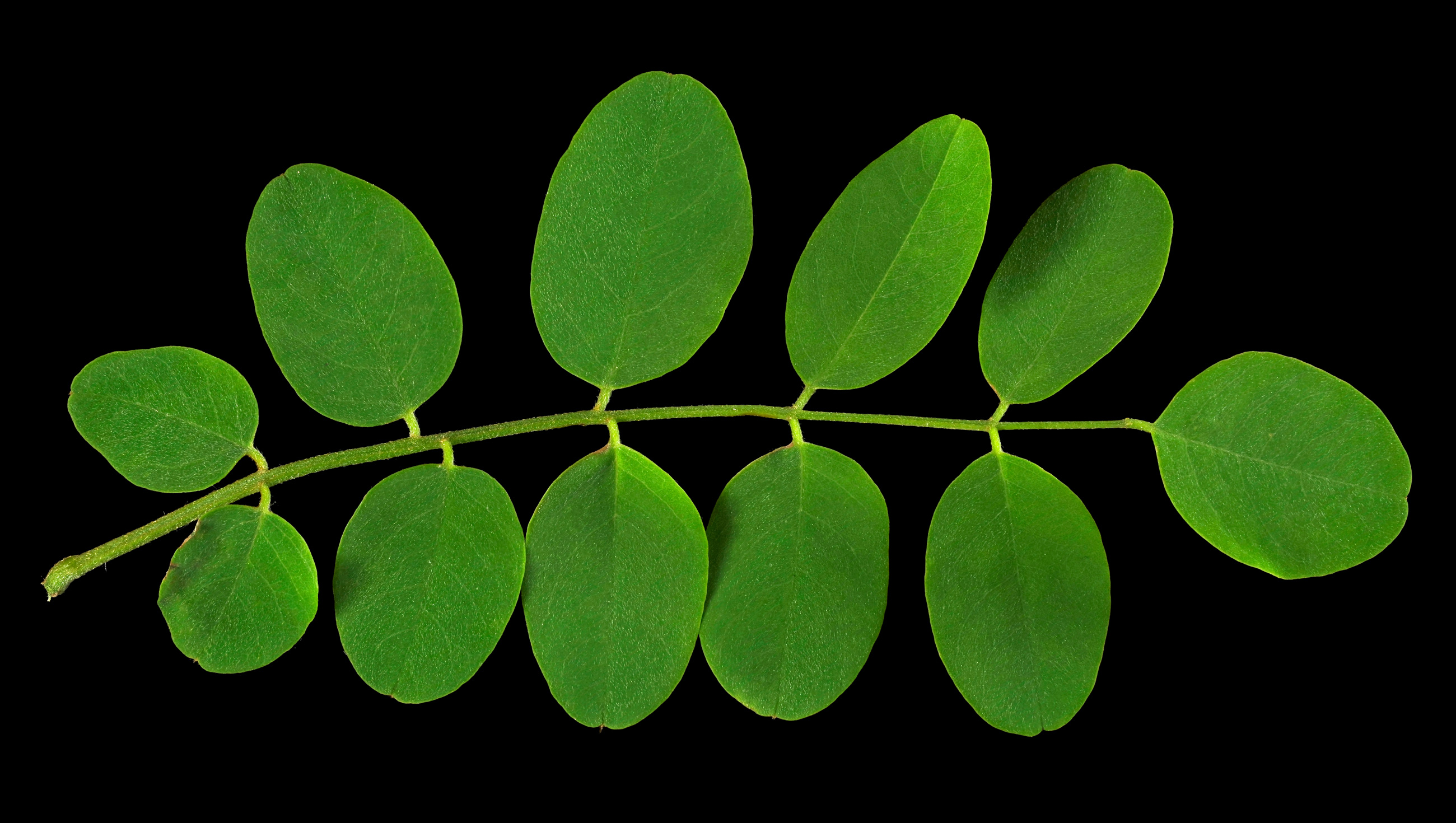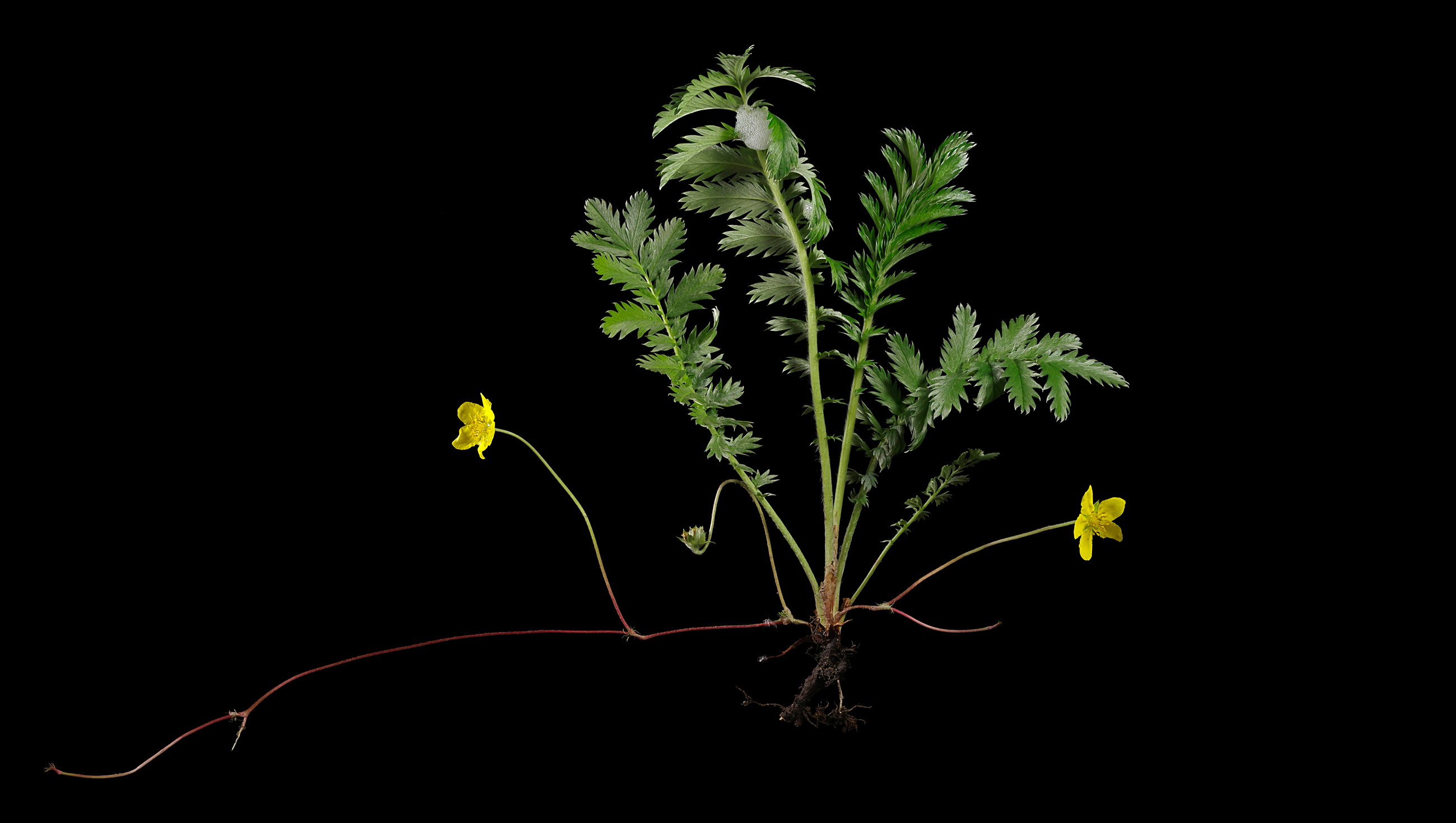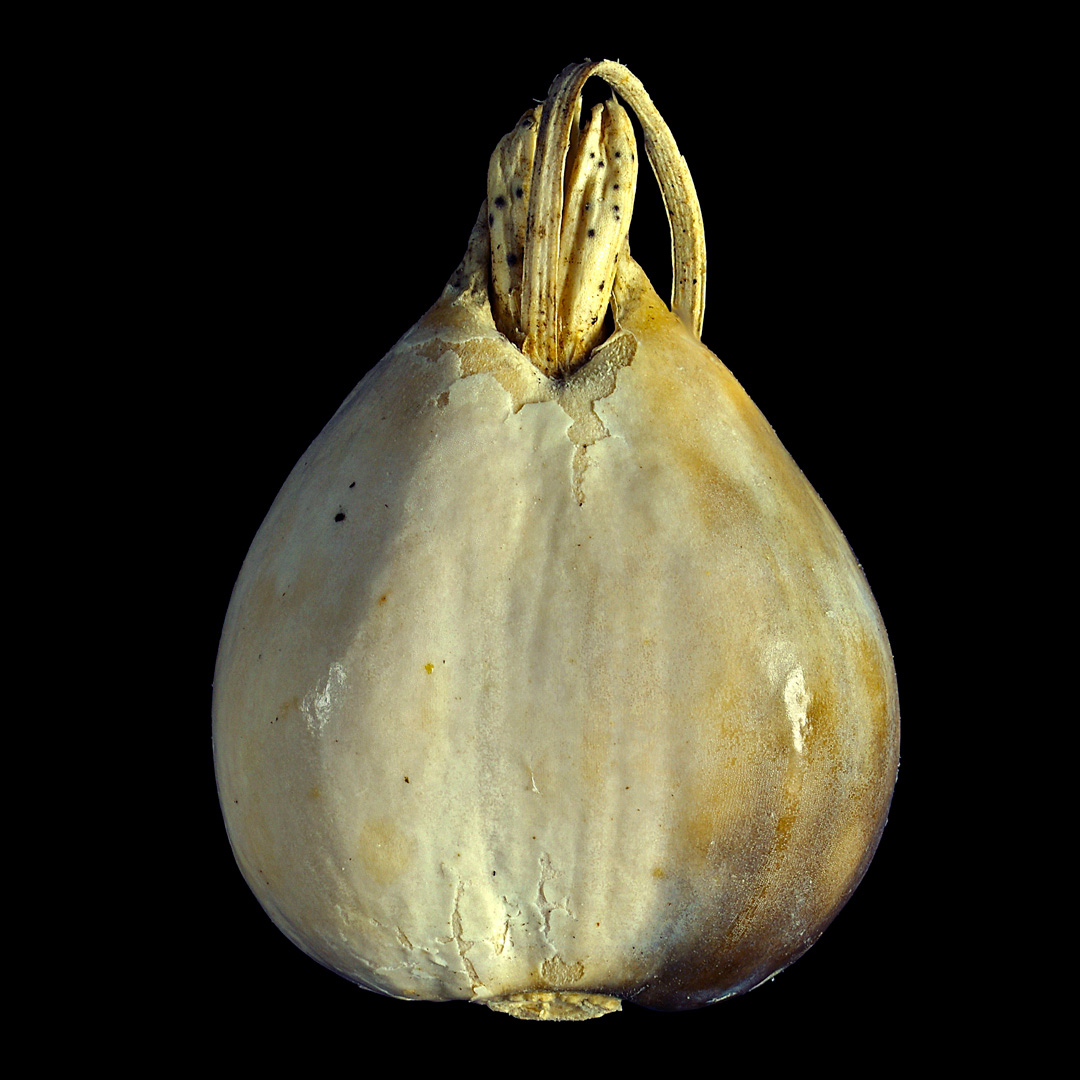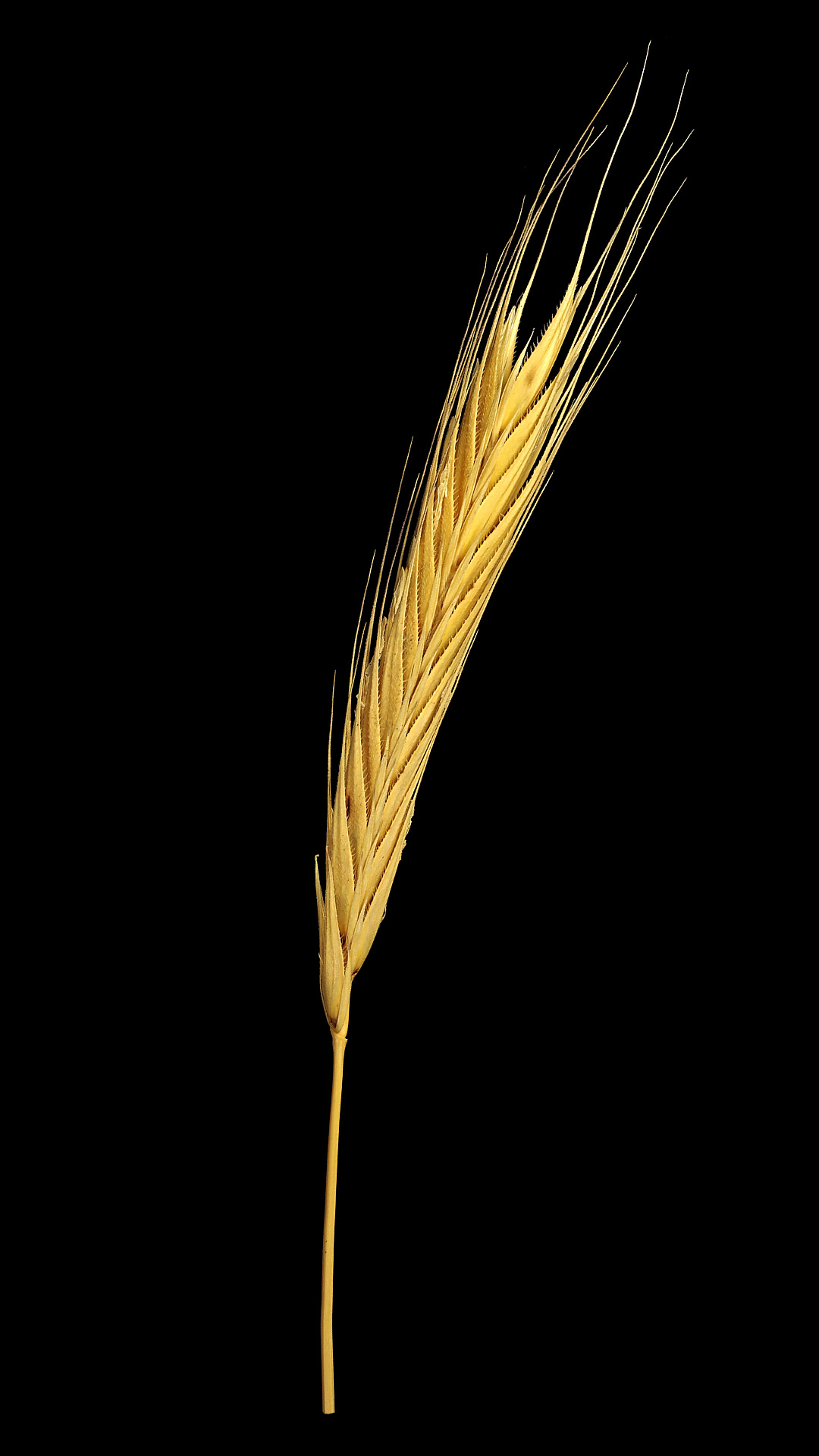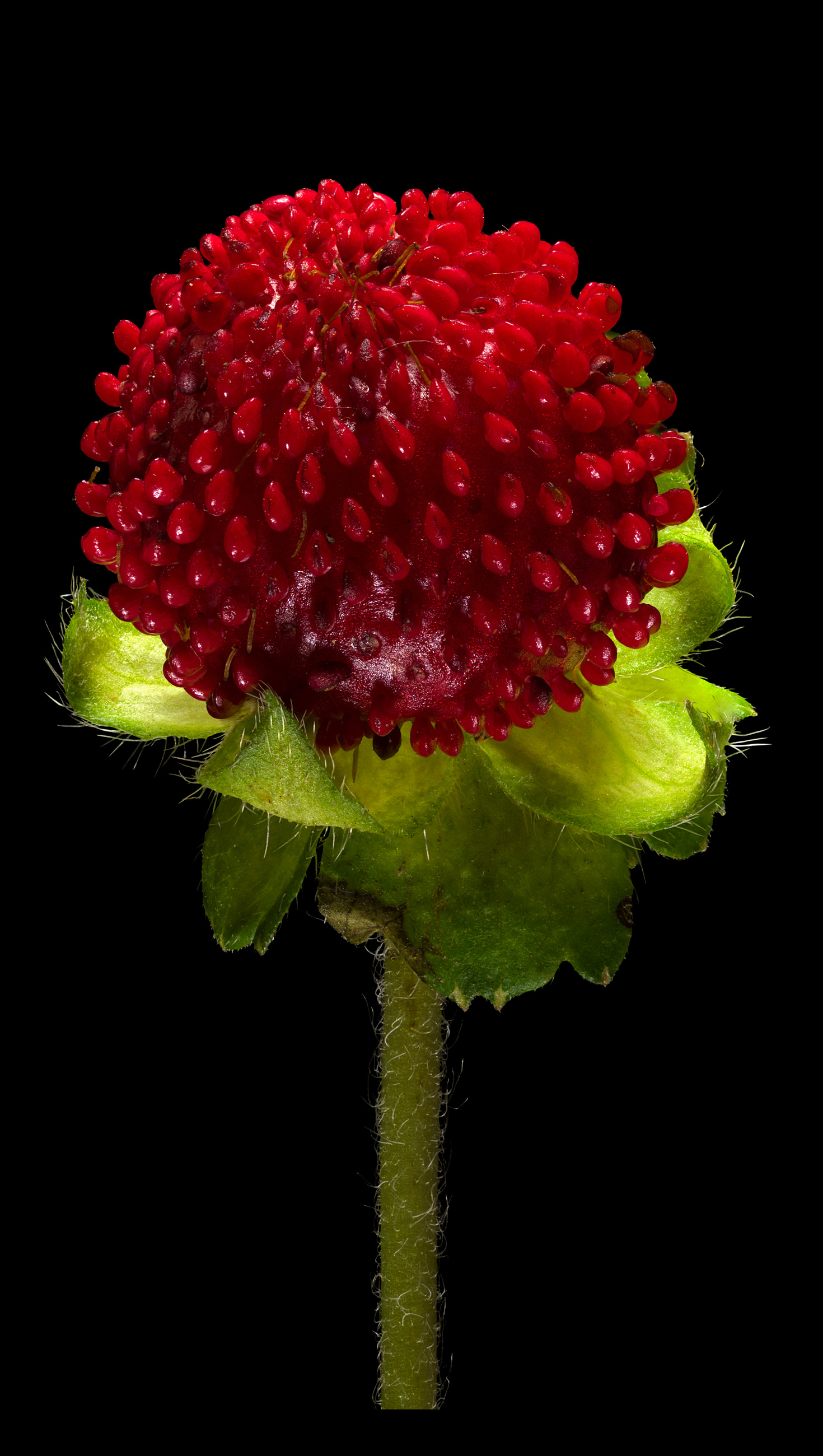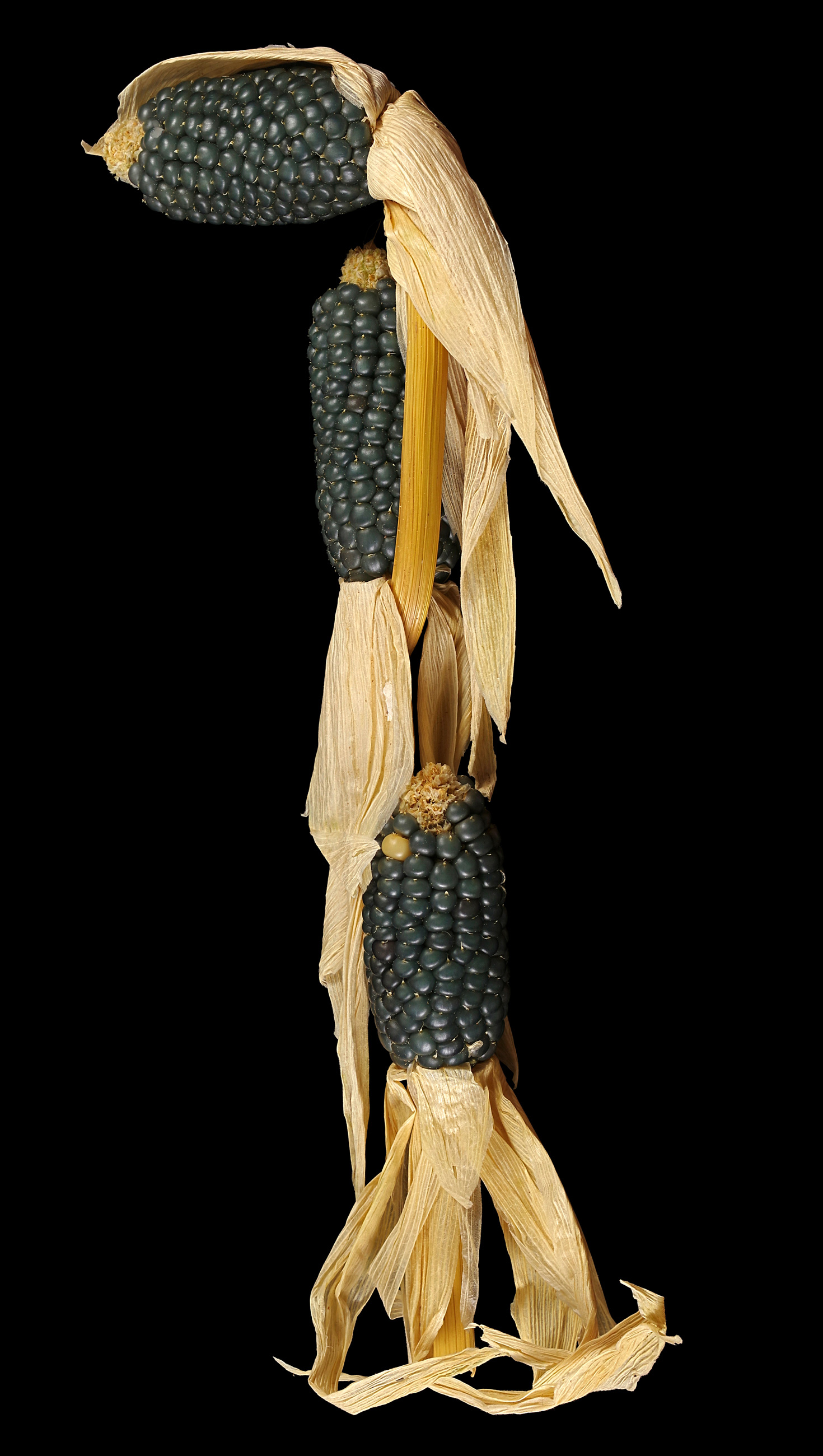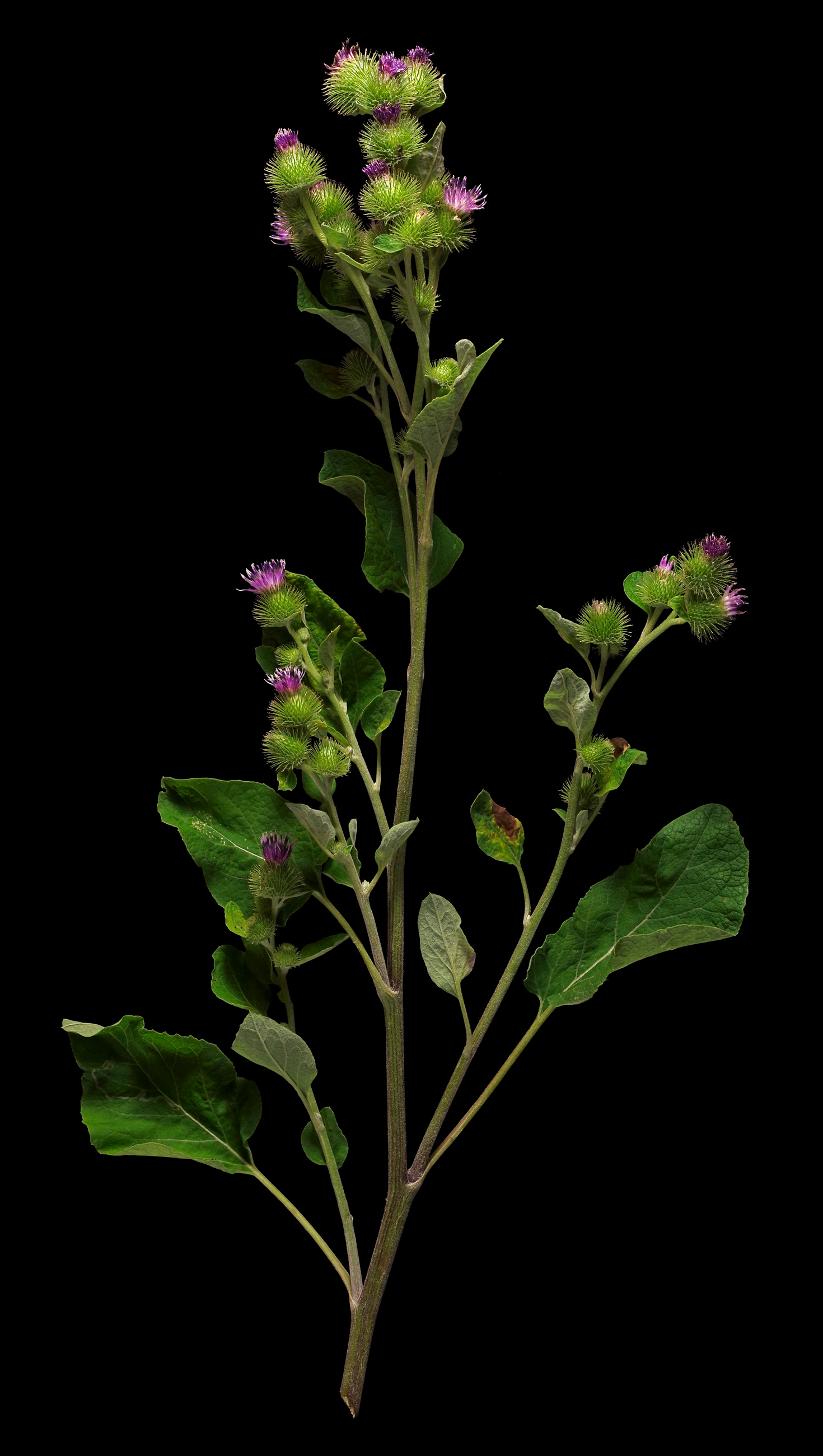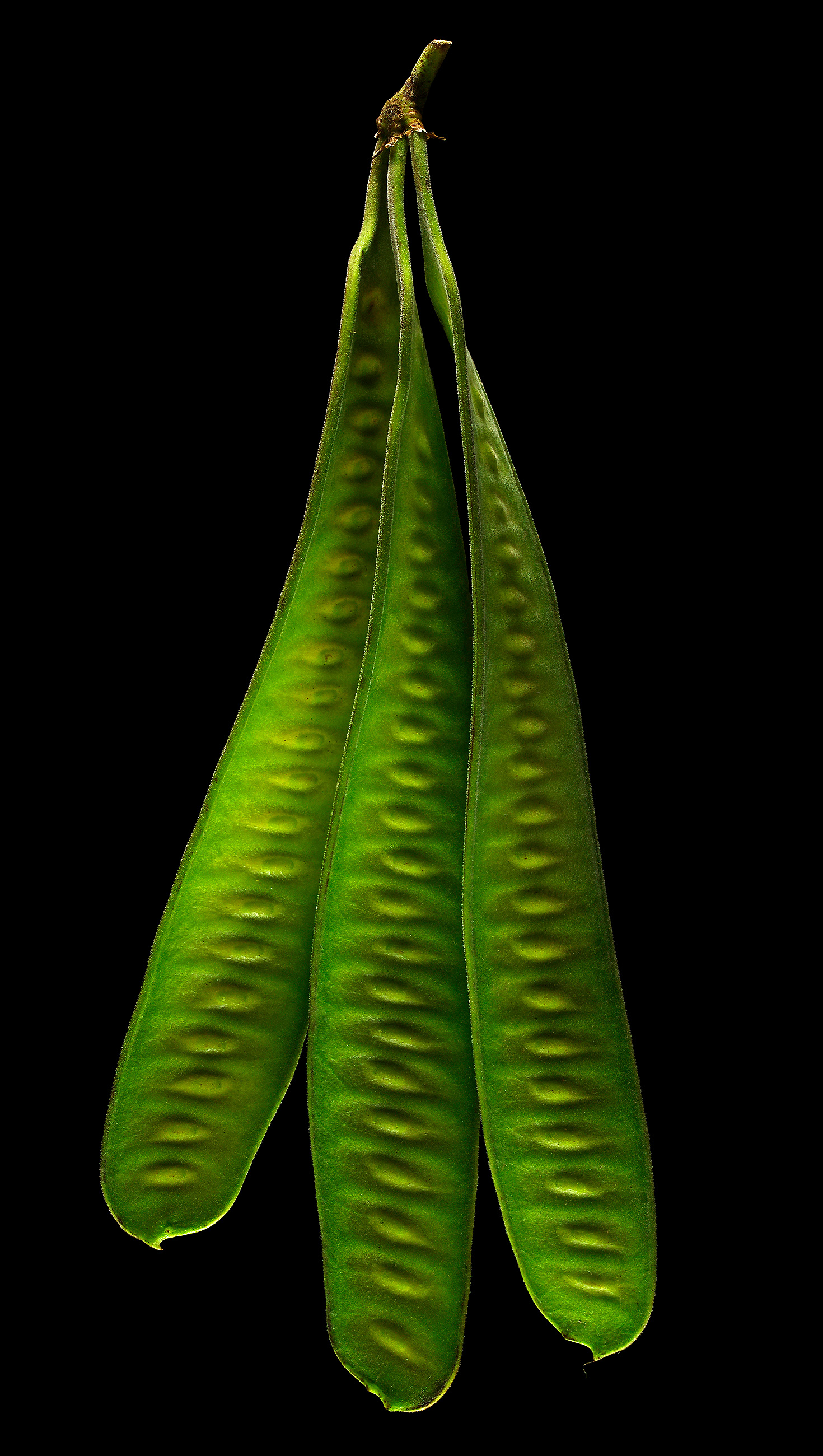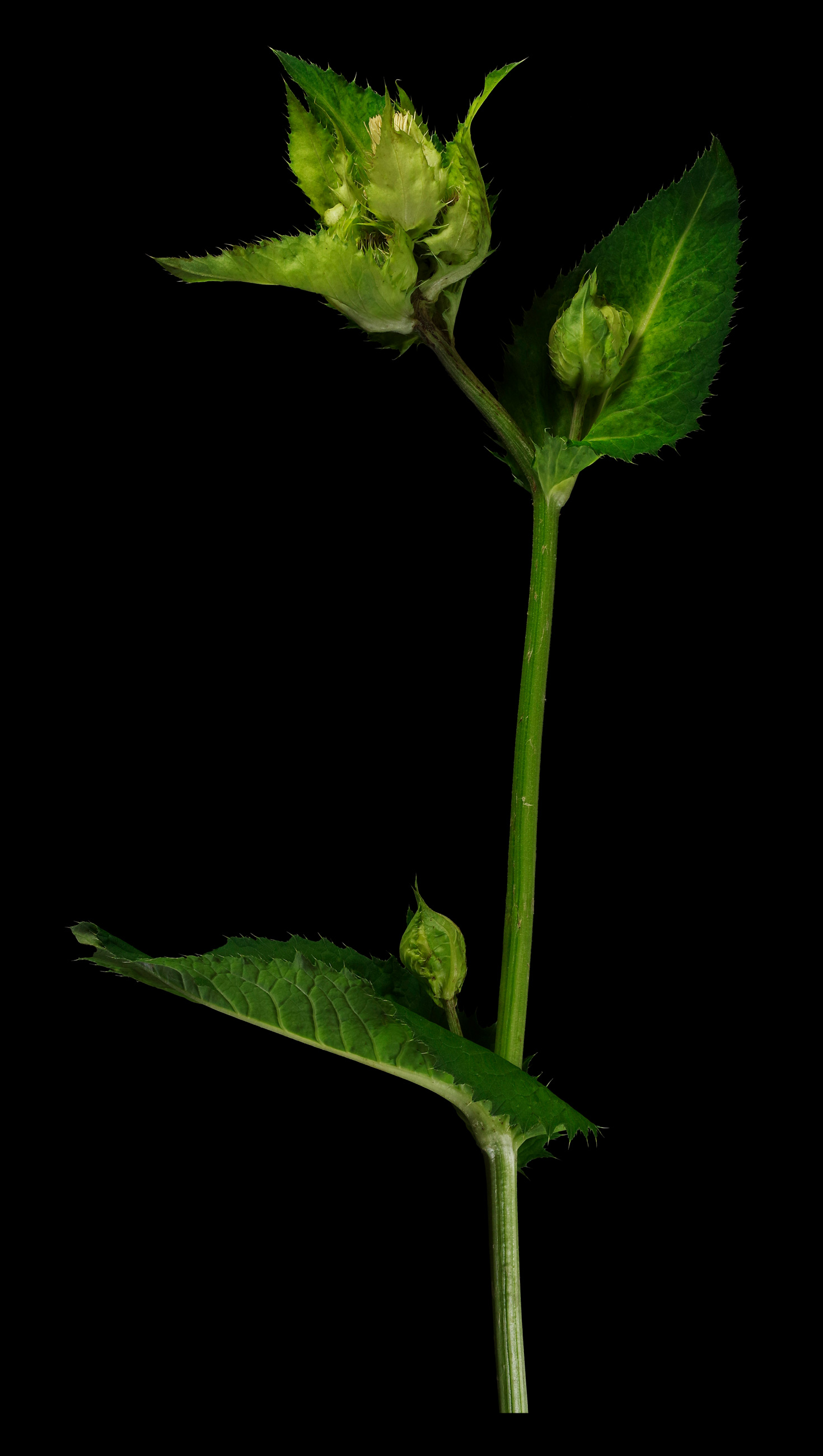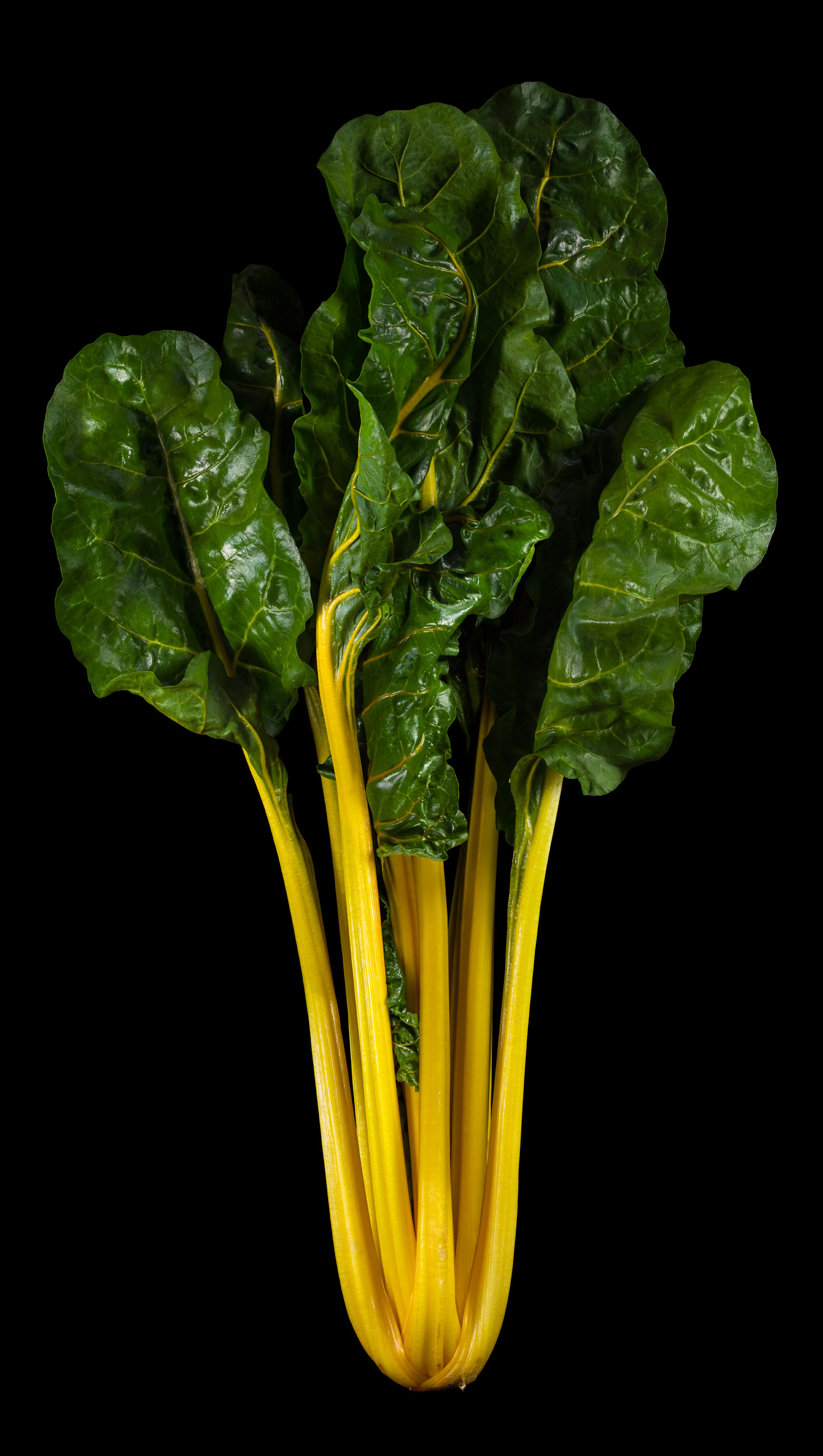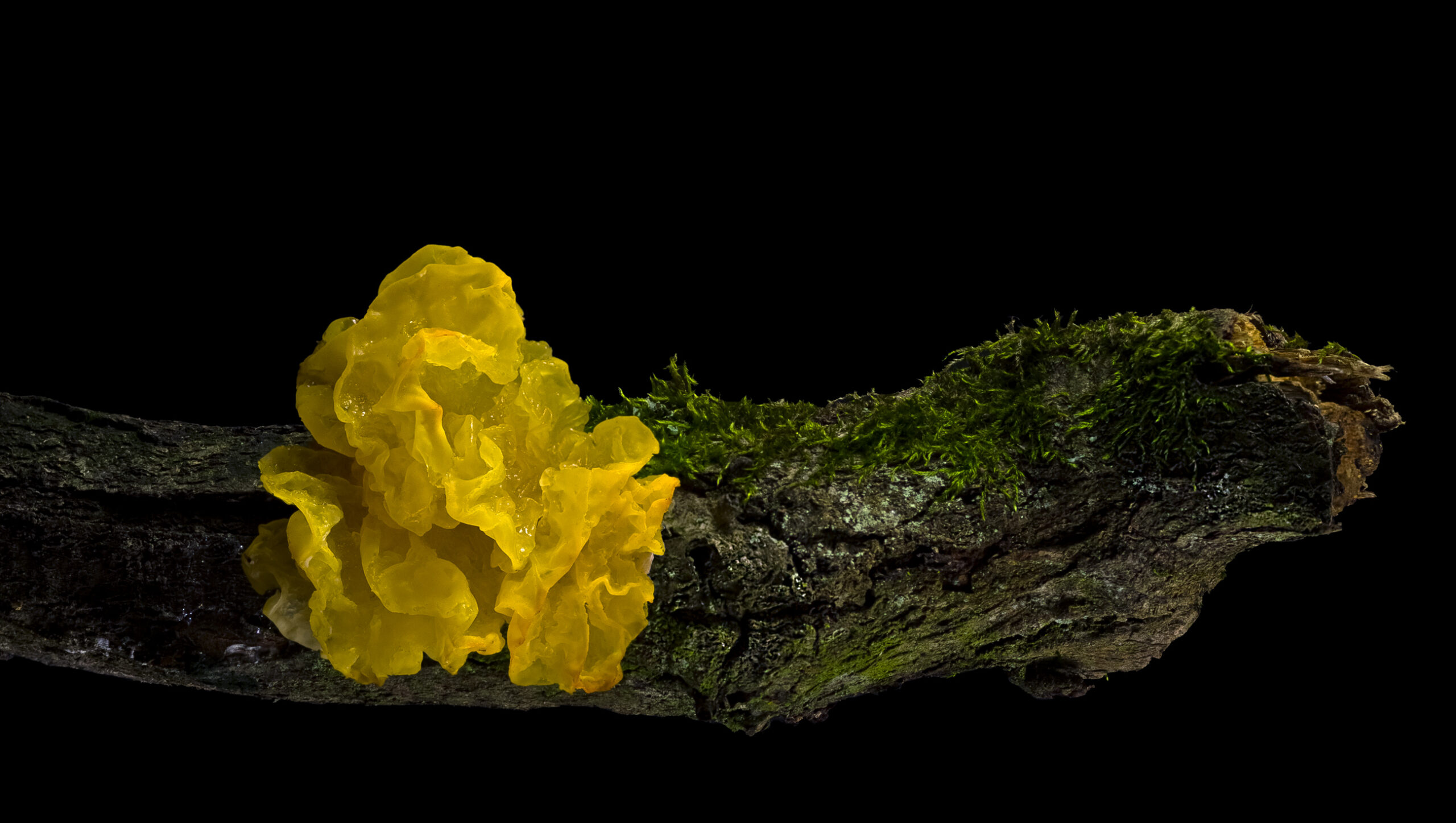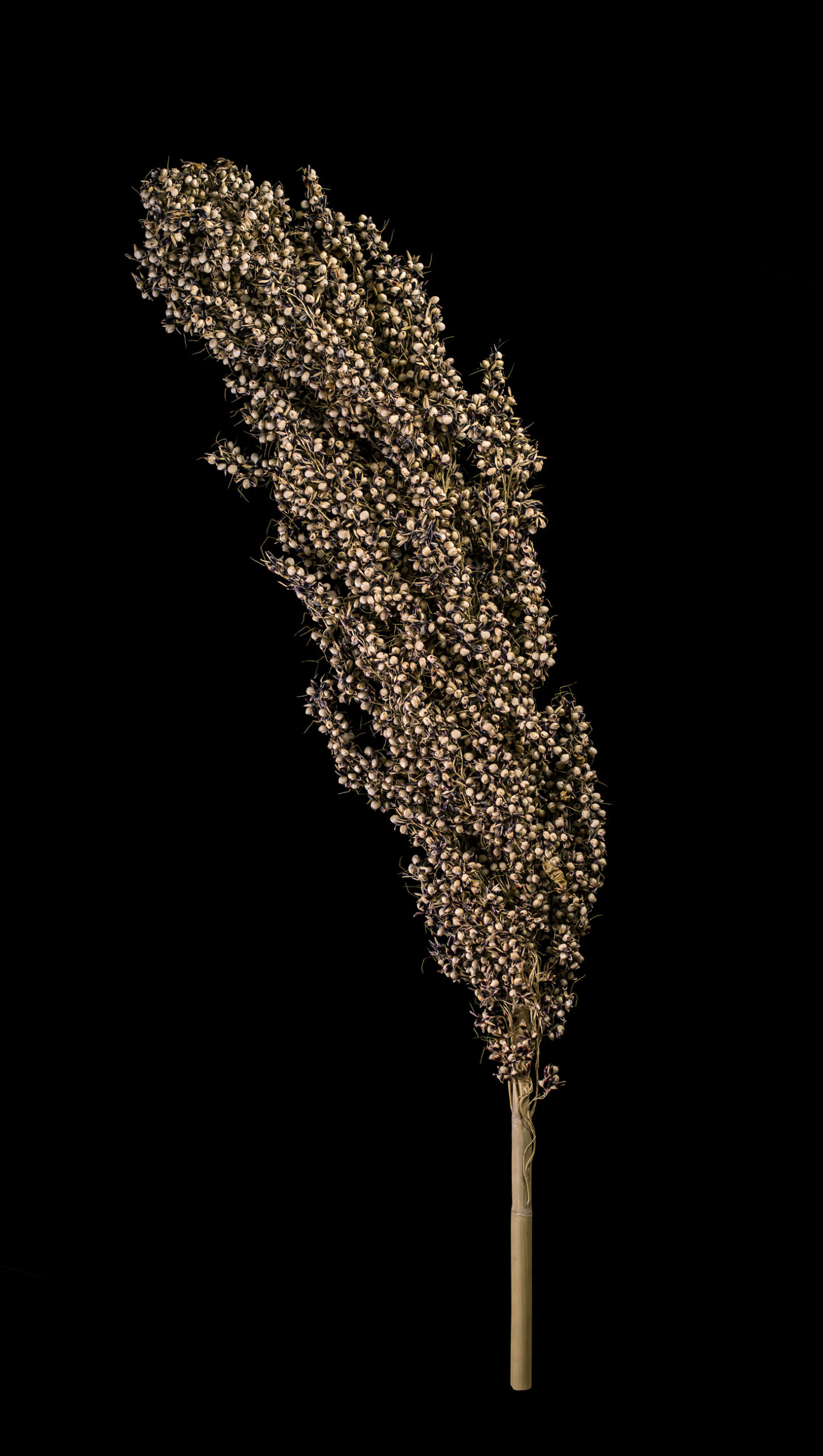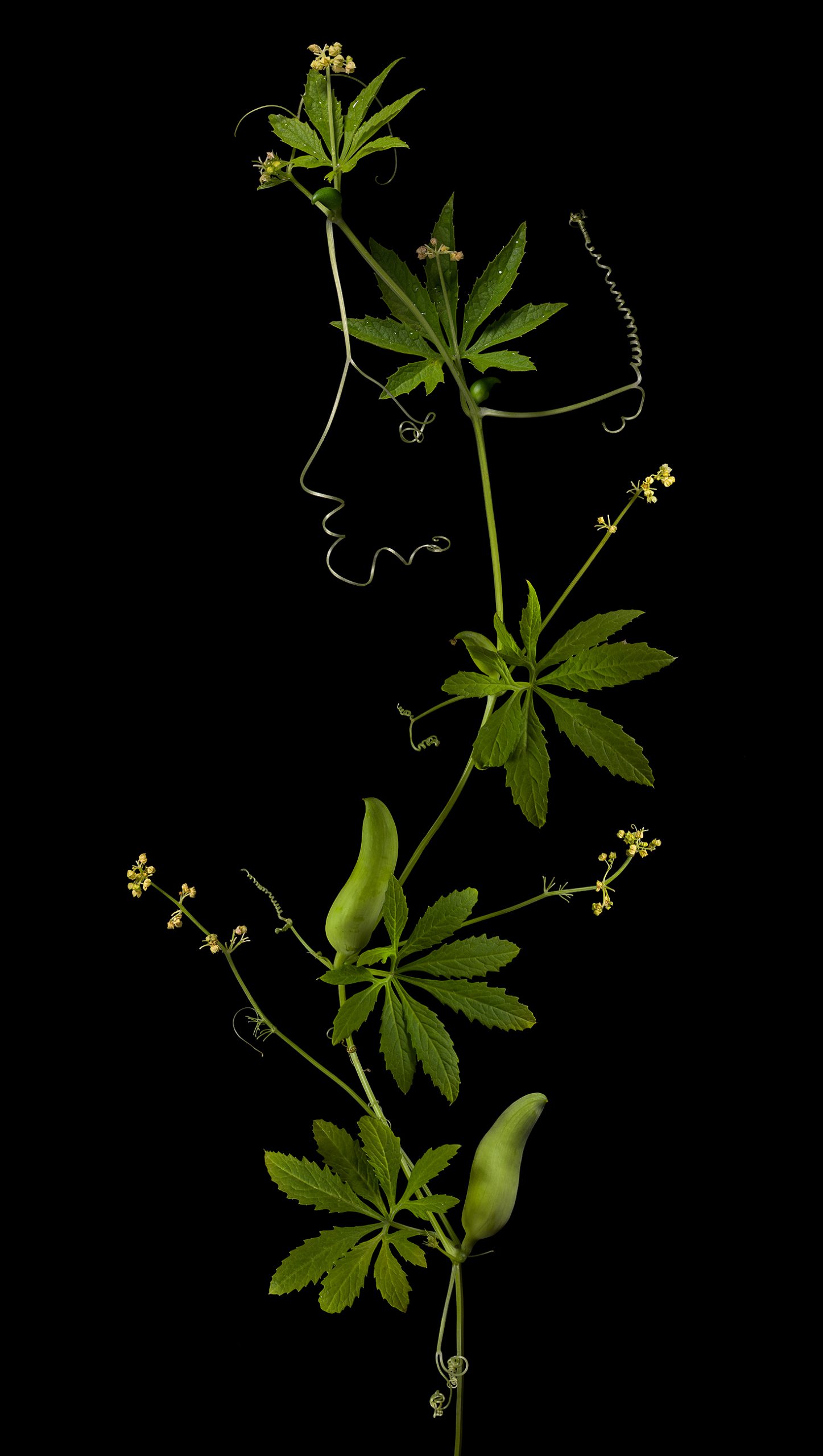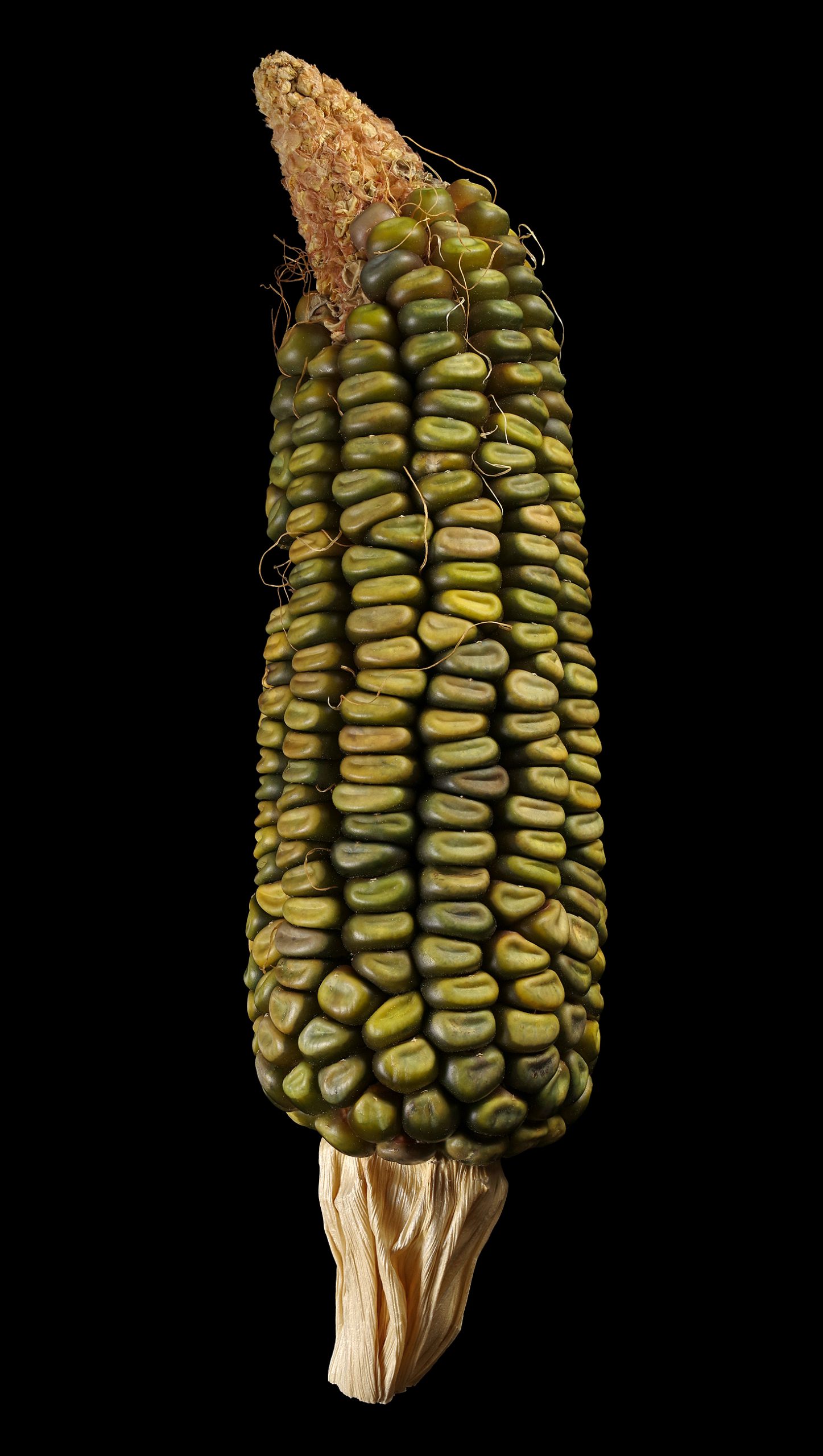Search Results for neutral
The almost black seeds as well as the blood-red leaves are edible and dye red.
Malabar spinach: Basella alba A rambling leave vegetable and thickener As the name suggests, the malabar spinach can be cooked like spinach. The leaves are used for this purpose. Since the cooked leaves assume a viscous consistency, they can be
When the fruit ripenes, it turns red, unfortunately it becomes also very mushy. The tindola, as the fruit of the ivy gourd plant is called, is eaten as a fruit-vegetable. Ripe fruits can be candied. In tropical Asia the young shoots are also eaten.
Under the light green skin of these large, still immature fruits is a white, firm fruit flesh, whose sticky latex quickly turns yellow.
Aloe vera has been used for some time past in green smoothies, shakes, cocktails, ice cream, desserts and for some other purposes, although the plant is said to be poisonous.
Dispite the striking strawberry-like fruits, the strawberry goosefoot is a leafy vegetable.
The tubers of this Yam grow far above the ground in the leaf axils of the liana. Nevertheless, these can be quite large and heavy.
The black-brown seeds can be used as pseudocereals similar to quinoa, for example boiled as a porridge and grounded to a flour as addition to baking flour.
Common buckwheat: Fagopyrum esculentum More than just ``Poor man's food`` An important identifying characteristics of the common buckwheat that differentiats from the other buckwheat species is the red stem. Because gluten is absent, buckwheat can not be used alone for
The Tartary or India buckwheat can be used like the common buckwheat.
The small white tubers have boiled about the consistency of marzipan and a pleasant nutty flavour. They can also be eaten raw, roasted or pickled.
The tiny, lenticular amarant-seeds are extremely nutritious and contain a lot of protein. They can be processed into mash and various bakery products.
A striking characteristic of T. sinskajae is also the more compact and „round“ shape of the awns.
The leaves can be eaten raw or cooked as leaf vegetables such as spinach. The black-brown seeds can be used as pseudocerals.
This wild form of african rice is used in times of food scarcity until today and is sometimes even sold as a crop at local markets.
Mainly, the bizarre fruits of the bitter melon are used, but the leaves are also edible…
In addition to the small, dark black grams, the immature, green pods are also edible as fruit vegetables.
The variety ‘Rotonda bianca sfumata di rosa’ is found in the trade quite rare, typical in our (European) view are the black varieties.
Pearl millet is processed into millet gruel or flour, which is usually eaten as flatbread. Beer can be brewed from this crop.
A mash can be prepared from green rice and it is used as a coating for frying. With sugar, green rice can be cooked to brittle.
In contrast to many other cereals, oats do not need to be peeled, only dehulled. Oats are always a wholemeal product and therefore rich in vitamins, minerals and fibres.
In times of need, the seeds were used to produce a flour substitute.
The flower sprouts of bath asparagus, which look like green corn ears, are edible and are prepared like green asparagus or eaten raw.
Although the seeds of the hairy love grass produced in panicles are only about 0,5-0.8 mm in size, they are used as cereals.
The numerous, tiny seeds are collected wildly in times of food scarcity, slightly roasted and ground into a flour from which a thin meal soup or porridge can be prepared.
If the sponge gourd, which is also called vietnamese luffa, is still immature, its net-like tissue is not yet lignified and therefore soft and edible.
The grains are edible raw and cooked: crushed into porridge or ground into flour from which bread can finally be baked.
Welwitschia is not a real food plant, but in emergency situations (getting lost in the Namib desert) the core in the flower axis can be eaten raw or roasted.
The long, immature capsule fruits of the horseradish tree are called “drumsticks” where they are used as fruit vegetables.
The leaves of the black locust contain toxins, which is why they should only be eaten properly cooked!
In Tibet, the roots are supposed to be eaten comparatively frequently as a nourishing root vegetable. They can be processed fresh or dried for later use. The leaves can be chopped (because they are very fibrous) and added as wild herbs in salads or steamed in oil.
×Secalotricum is a fertile hybrid of male wheat (Triticum) and female rye (Secale). This grain is also described in its baking properties as a mixture of both.
Despite its numerous uses, which are also used for medical purposes, Job’s tears are not very popular compared to other cereals. The cultivation is even declining.
Like most wild forms, also those of rye are not particularly productive and are rarely or no longer cultivated today in contrast to the cultivated forms.
The strawberries-like red fruits are edible, but taste dull and watery.
This dark popcorn bears comparatively many small cobs with small, round grains. These are almost black, with a blue-green shimmer.
The flower buds or flower bottoms of the burdock are edible like the artichoke. The young leaves are edible as wild vegetables.
The unripe legume of the Leadtree are particularly appreciated in Southeast Asian cuisine, although the plant originally comes from Central America.
The slightly salty tasting leaves and stems can be eaten raw as salad or cooked, e.g. as spinach or sautéed.
Young leaves and stems are edible as vegetables, the small flower buds can be prepared like artichokes.
The slightly salty tasting leaves and leaf stems can be eaten raw as salad or stewed, cooked as spinach or sautéed.
The eponymous violet colour of the starchy storage tissue is striking, although it can also be white.
Golden yellow trembler has hardly any taste and is therefore considered an edible mushroom of little value, but it is often added to soups, especially in China.
The protein (gluten) it contains is not said to have good adhesive properties, but black emmer wheat is nevertheless suitable for baking bread and pastries.
Sorghum is a staple food in parts of Africa (especially West and East Africa) and India.
Almost all parts of the beautiful and fast-climbing stuffing cucumber are edible
Oaxacan Green dent corn is an old, green maize variety with very large cobs that was cultivated by the Zapotec Indians of Mexico in the province of Oaxaca.
